Quick answer: Most professional movers can provide boxes. Sometimes they're included when you book full packing; otherwise, they're an add-on you buy or rent. Big brands often explicitly advertise boxes and packing supplies, and full-service packages typically include the necessary materials.
When you’re staring at a house full of belongings, the last thing you want to worry about is hunting down enough boxes to fit it all. That’s why so many people wonder do movers provide boxes, and whether those boxes are included in the cost or if you’ll be paying extra.
Some companies bundle boxes into full-service packages, while others sell or rent them separately, which gives you the flexibility to decide what works best for your budget and timeline.
If you’re planning a cross-country relocation and comparing long distance moving companies, knowing how they handle boxes can save you both time and stress. Many of the best long distance movers advertise that their teams will bring specialty cartons, wardrobes, and dish packs to make packing smoother.
And if you’re leaning toward full service movers and packers, you can expect them to show up with everything, so you won’t need to lift a finger. But even if you’re packing on your own, movers often sell high-quality cartons directly.
So, whether you’re asking do moving companies provide boxes or even how many boxes you’ll need, let’s break it all down step by step.
How Movers Handle Boxes (Service Models)
Not every moving company handles boxes the same way. Some will show up with everything you need, while others give you options to buy or rent.
Here’s how the different service models usually work:
Included Boxes
If you choose full service movers, boxes are usually included in the package. That means the crew brings all the cartons, tape, and packing materials needed for your home. There’s no strict limit on how many they’ll use, but keep in mind that your overall cost will reflect the size of your move and the time it takes.
With larger homes, movers may bring 80 to 120+ boxes, while a one-bedroom might require 20 to 40.
Add-On Purchase
If you’re doing the packing yourself, many moving companies provide boxes for an additional cost. These can range from $1 to $3 per standard carton, with specialty boxes (such as wardrobes or dish packs) costing more.
Some companies deliver the boxes to your door ahead of time, while others bring them on moving day.
Box/Bin Rental
In some cities, movers and storage companies offer reusable plastic bins as an eco-friendly option. These rentals usually cost about $1.50–$2.50 per box per week, and you may need to put down a deposit.
The bins are delivered to your home, and once you're done unpacking, the company picks them up. This is a great way to avoid dealing with piles of cardboard after your move.
Bring-Your-Own (BYO)
If you prefer to save money and use your own supplies, most movers allow you to bring your own boxes. Just make sure they're sturdy and pest-free. Fragile items should be placed in quality cartons, as flimsy or damaged boxes could slow down the movers. This is where strong, reliable options like Home Depot moving boxes are a safe option.
What Determines Availability
Whether or not boxes are provided (and at what price) can depend on a few key factors:
- Company policy: Some movers include boxes only with full packing services, while others sell them separately.
- Service level: If you’re hiring long distance moving companies, full-service packages are more likely to include boxes than labor-only options.
- Timing/notice: The more time you give your mover, the easier it is to arrange box delivery or rentals.
- Location/market: In large U.S. cities, box rental services are more prevalent, while smaller towns may only offer standard cardboard boxes.
- Season: Summer is the peak moving season, and demand can affect both box supply and pricing.
When the Mover Packs vs. When You Pack
When it comes to packing, the big difference is whether you do it yourself or let the movers handle it.
In the moving world, you’ll often hear the terms PBO (“packed by owner”) and CP ("carrier-packed"). These are important because they directly affect the amount of coverage you receive if something breaks.
- Packed by Owner (PBO): If you pack the box and something is damaged, the mover is not fully responsible because they cannot confirm how it was packed.
- Carrier-Packed (CP): If the movers pack the box, they take on the responsibility for its contents, which makes it easier to file a claim if damage happens.
Movers are also required to offer two levels of liability:
- Released Value Coverage: This is the free, basic protection. It pays up to $0.60 per pound per item, so a 75-pound TV would only be valued at $45 if damaged.
- Full Value Protection: This costs more but covers the actual repair or replacement of your items. It’s the better choice for fragile or expensive belongings.
So, if you're wondering, can movers pack for you — yes, they will. That’s exactly what full service movers and packers do, and it’s worth considering if you want peace of mind.
And if you're asking, do moving companies pack for you during long-distance moves? The answer is also yes. National moving services typically offer full or partial packing, and they provide all the necessary supplies.
What Types of Boxes Movers Use
| Category | Typical Size/Notes | What it’s for | Why it matters |
|---|---|---|---|
| Extra-Small/Small | ~15×12×10 into 16×10×12 in; ~65-lb capacity | Books, pantry cans, hand tools | Small boxes are designed for heavy items to prevent the weight from blowing out the bottom. |
| Medium | ~20×16×15 in; ~65-lb capacity | Kitchen gear, linens, toys | The “workhorse” size; loads stack evenly on dollies. |
| Large/XL | 27×15×16 in; 24×20×21 in | Bulky but light (pillows, bedding) | Don't exceed weight ratings—pack light items in big bags. |
| Wardrobe | 20×20×34 in or 24×24×48 in; hanging bar | Clothing on hangers | Faster pack/unpack; reduces wrinkling. |
| Dish Barrel (Double-wall) | 18×18×28 in; ECT 51; up to 120-lb | Kitchen breakables, glasses | Stronger walls reduce the risk of crush for fragile loads. |
| TV/Mirror/Picture | Adjustable flat cartons | TVs, frames, mirrors | Protect corners; use foam sleeves or bubble. (Retail/mover options vary.) |
Most moving boxes are ECT-32 single-wall, which is fine for everyday items. Heavy-duty single-wall boxes, rated ECT-44 or ECT-48, are stronger and better suited for stacking. For heavy or fragile items, movers use double-wall cartons or dish barrel boxes for extra protection.
Costs & Pricing
The total cost of packing depends on whether you buy boxes, rent plastic bins, or pay movers to do the packing.
Here is what you can expect in most cases:
Retail box prices (examples):
-
A small moving box (Home Depot) costs approximately $1.78 each, or around $17.80 for a 10-pack.
-
Heavy-duty small boxes are about $2.78 each when sold in packs of ten.
-
Medium heavy-duty boxes are usually around $3.78 each.
Specialty boxes:
-
Wardrobe box (Home Depot Easy-Up) is about $24.98 each.
-
Dish barrel box (U-Haul double-wall) holds up to 120 pounds and is designed for fragile kitchen items.
Plastic bin rentals:
- Services like U-Haul Ready-To-Go Boxes rent reusable bins.
- The weekly cost is usually $1.50–$2.50 per box, and the company picks them up after you unpack.
- Prices and availability can change depending on the city.
Packing labor:
- Professional movers usually charge $60–$80 per hour for each packer.
- Rates vary depending on location and how much packing is required.
Tip: If you want better insurance coverage for fragile items, let the movers pack those boxes. It costs more, but it gives you stronger protection than if they are packed by the owner.
Pros & Cons of Getting Boxes From Movers
| Pros | Cons |
|---|---|
| Movers bring the right sizes and types of boxes, including specialty cartons. | Boxes from movers usually cost more than buying from retail stores. |
| Boxes are sturdy and meet mover requirements, which helps prevent damage during the move. | Availability can depend on the company, location, and season. |
| Using mover-provided boxes can make insurance claims easier since they are packed with approved materials. | You may not get to keep unused boxes if they are rented instead of purchased. |
| Saves time because you don’t need to shop for supplies or hunt for free boxes. | Limited control over cost and quantity, especially if boxes are included only with full-service packing. |
| Convenient as boxes are delivered or brought on moving day. | Some movers charge extra delivery fees for boxes ordered in advance. |
Alternatives If Movers Don’t Provide Boxes
Not every moving company includes boxes, but you still have plenty of ways to get what you need.
Here are the most common alternatives:
- Retail stores: Big chains like Home Depot, Lowe’s, and Walmart sell moving boxes in different sizes. Many people choose Home Depot moving boxes because they are sturdy, affordable, and available nationwide.
- Online bundles: Websites such as Amazon and U-Haul allow you to order moving kits with a mix of box sizes, tape, and bubble wrap, which are delivered right to your door.
- Plastic bin rental services: In larger cities, you can rent reusable bins from U-Haul or local companies. They drop them off at your home and pick them up once you’re done.
-
Free options: If you want to save money, you can get moving boxes for free from places like grocery stores, liquor shops, or U-Haul’s “Take a Box, Leave a Box” program. Online platforms like Craigslist, Facebook Marketplace, and Nextdoor are also good sources.
- Friends and family: Ask around. Many people who have just finished moving are happy to give away their leftover boxes.
How Many Boxes You’ll Actually Need
Now, if you are wondering how many boxes you need for moving? Here are U.S.-based ranges so you can plan:
| Home Size | Conservative Range | “Well-stocked” Range | Notes |
|---|---|---|---|
| Studio | 10–35 | 30–40 | Range varies by how much kitchen gear/books you own. |
| 1-Bedroom Apt | 20–45 | 35–55 | Kitchen & wardrobe swing counts most. |
| 2-Bedroom Apt | 40–65 | 55–75 | Lots of variability by hobbies/office. |
| 2-Bedroom House | 60–90 | 80–110 | Garages/basements add quickly. |
| 3-Bedroom House | 80–120 | 100–140 | 100+ isn’t unusual for families. |
A small apartment usually needs around 20 boxes, while a 3–4 bedroom house can take 100 or more. You can also use a moving box calculator to double-check.
Timing & Logistics
Good planning makes a big difference when it comes to boxes. Ordering too late can leave you scrambling, while ordering too early may mean stacks of cartons sitting in your living room for weeks.
Here are the basics to keep in mind:
- When to order: As soon as you book your movers, ask about their box options. For a typical move, it’s smart to order boxes at least 2–3 weeks in advance.
- Lead time: Specialty boxes, like dish barrels or wardrobes, may need extra notice. Give your mover time to make sure they have enough in stock.
- Delivery window: Some movers will drop boxes at your home before move day, while others bring them with the truck. Always confirm which method your company uses.
- Rental return deadline: If you rent plastic bins, be aware of the return schedule. Most companies allow 1–2 weeks after your move to hand them back.
- Day-of spares: Ask movers to bring a few extra boxes on moving day. Most people underestimate how many they’ll need, and it helps to have backups ready.
Practical Scenarios (So You Can Pick the Right Path)
Every move is different, and the best choice depends on your budget, timeline, and how much work you want to do yourself.
Here are four common scenarios that show how to handle boxes:
A) “We’re busy. We just want it handled.”
If convenience is your top priority, book a full-service move. The crew brings all the boxes and supplies, packs everything for you, and you’re covered under their packing.
B) “We’ll pack most, but not the kitchen and closet.”
This approach works well if you want to save money but still need help with tricky items. Buy standard cartons from retail stores and let the movers provide wardrobes and dish barrels for fragile or awkward belongings. Most moving services expect this type of hybrid setup.
C) “We want fast packing and no tape.”
If you’re short on time, consider renting plastic crates for a week or two. They arrive ready to use, stack easily, and eliminate the need for tape. This is especially popular for apartment moves on tight schedules.
D) “We’re budget-friendly.”
If cost is the main factor, aim for free or low-cost options. Use free sources for half or more of your boxes, then purchase a few heavy-duty cartons and wardrobes for fragile or stackable items. This saves money but still keeps your valuables safe.














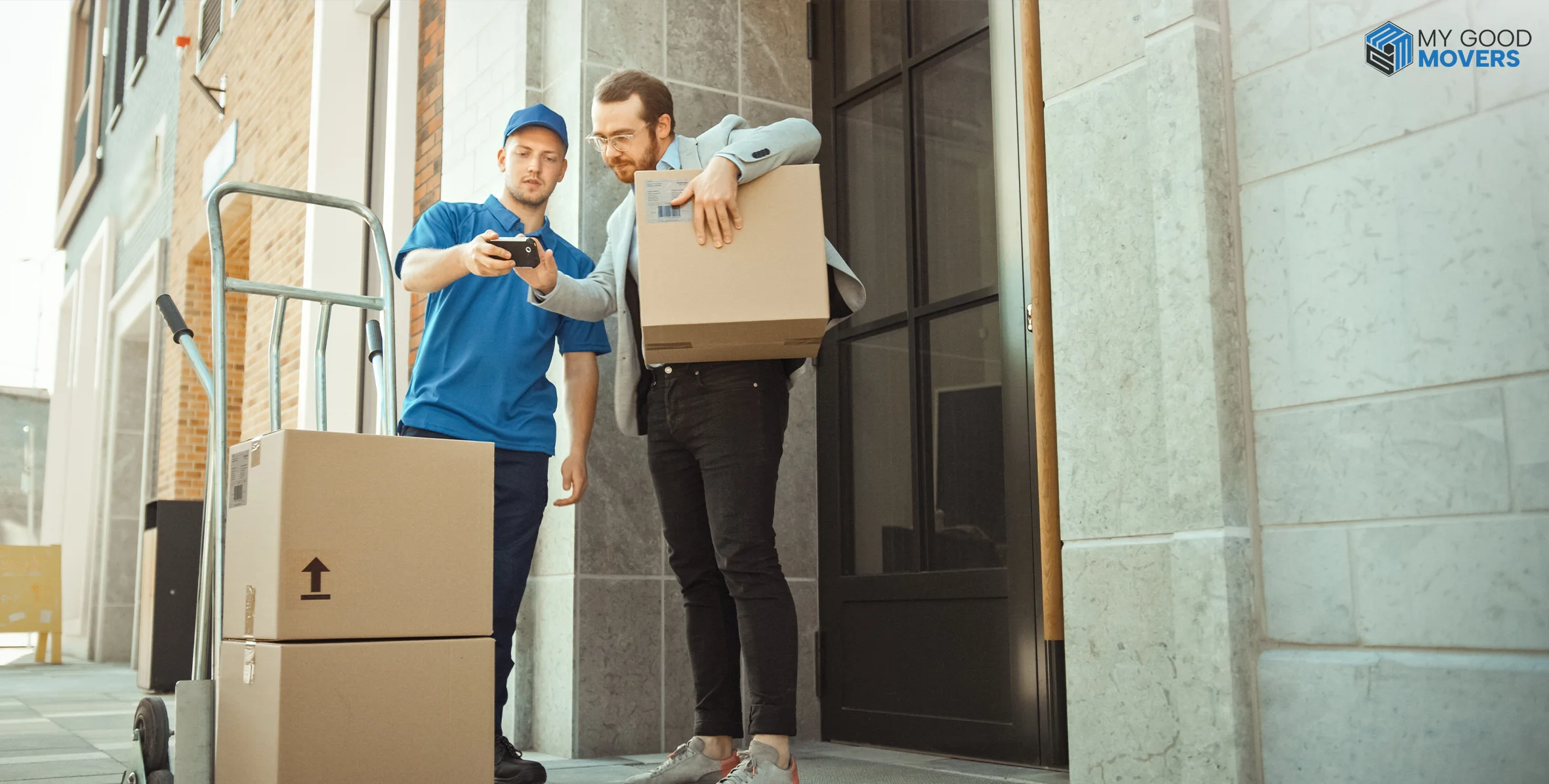
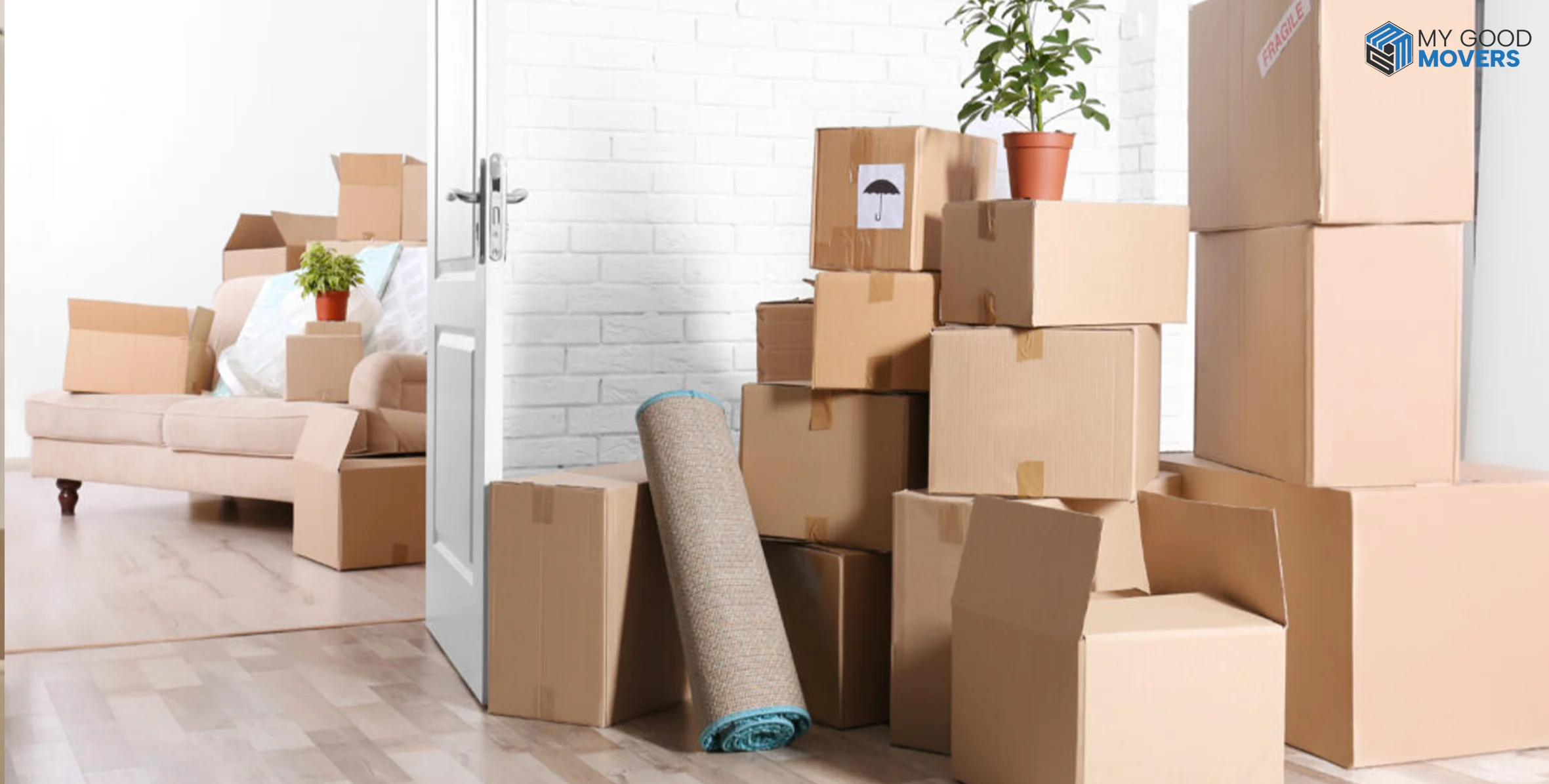
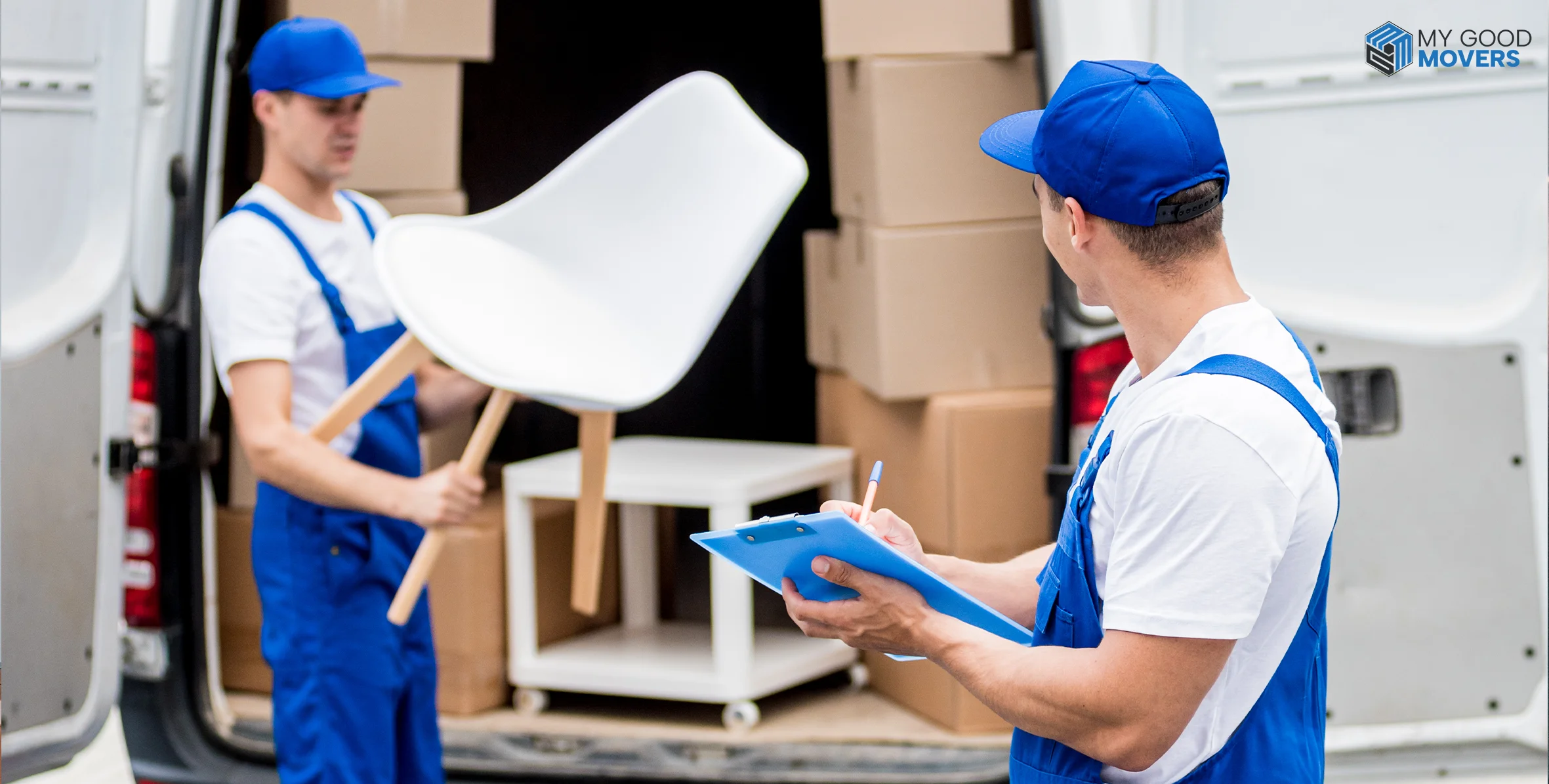
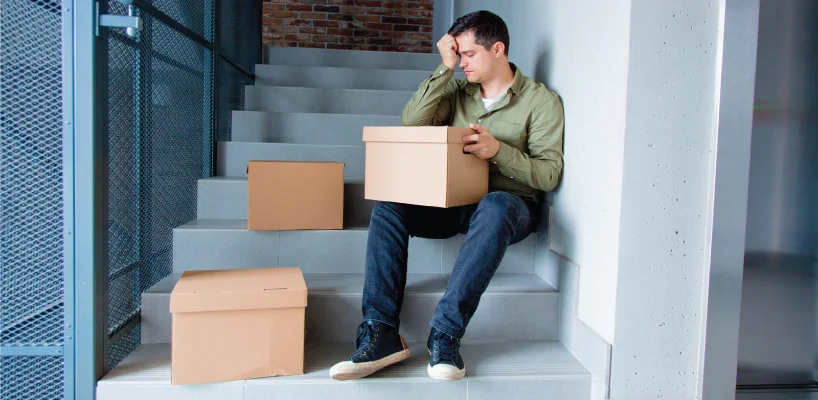
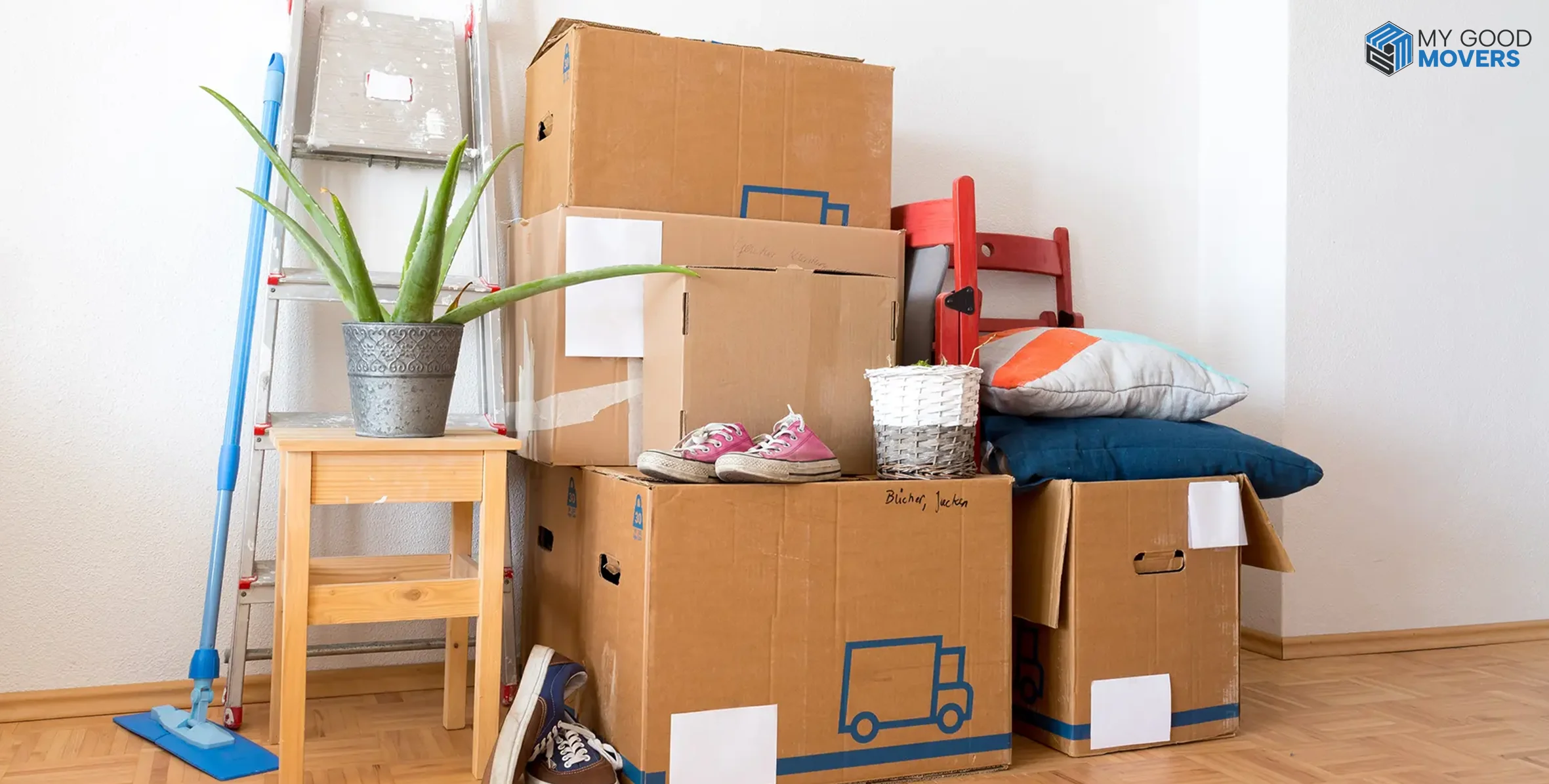
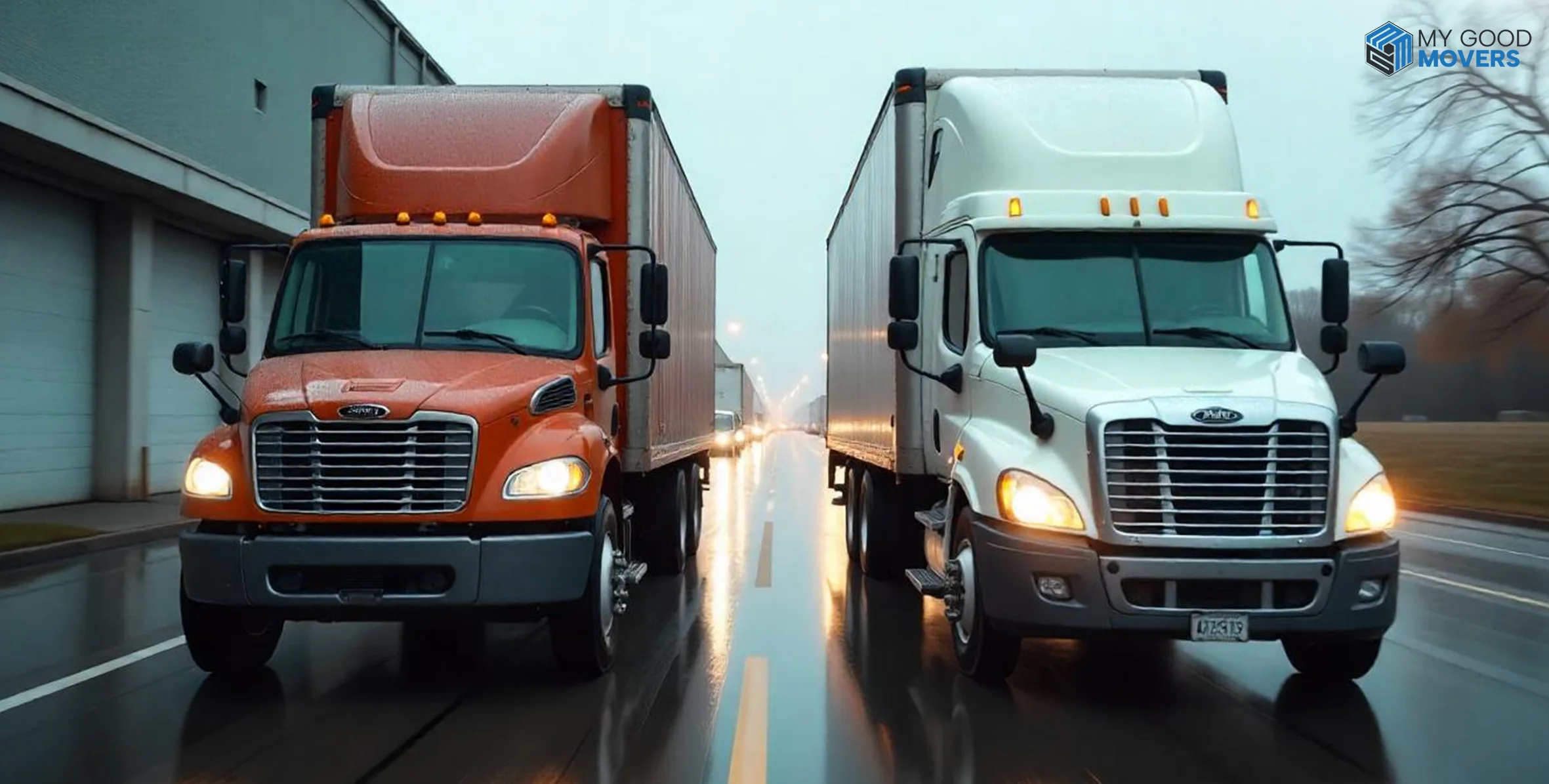








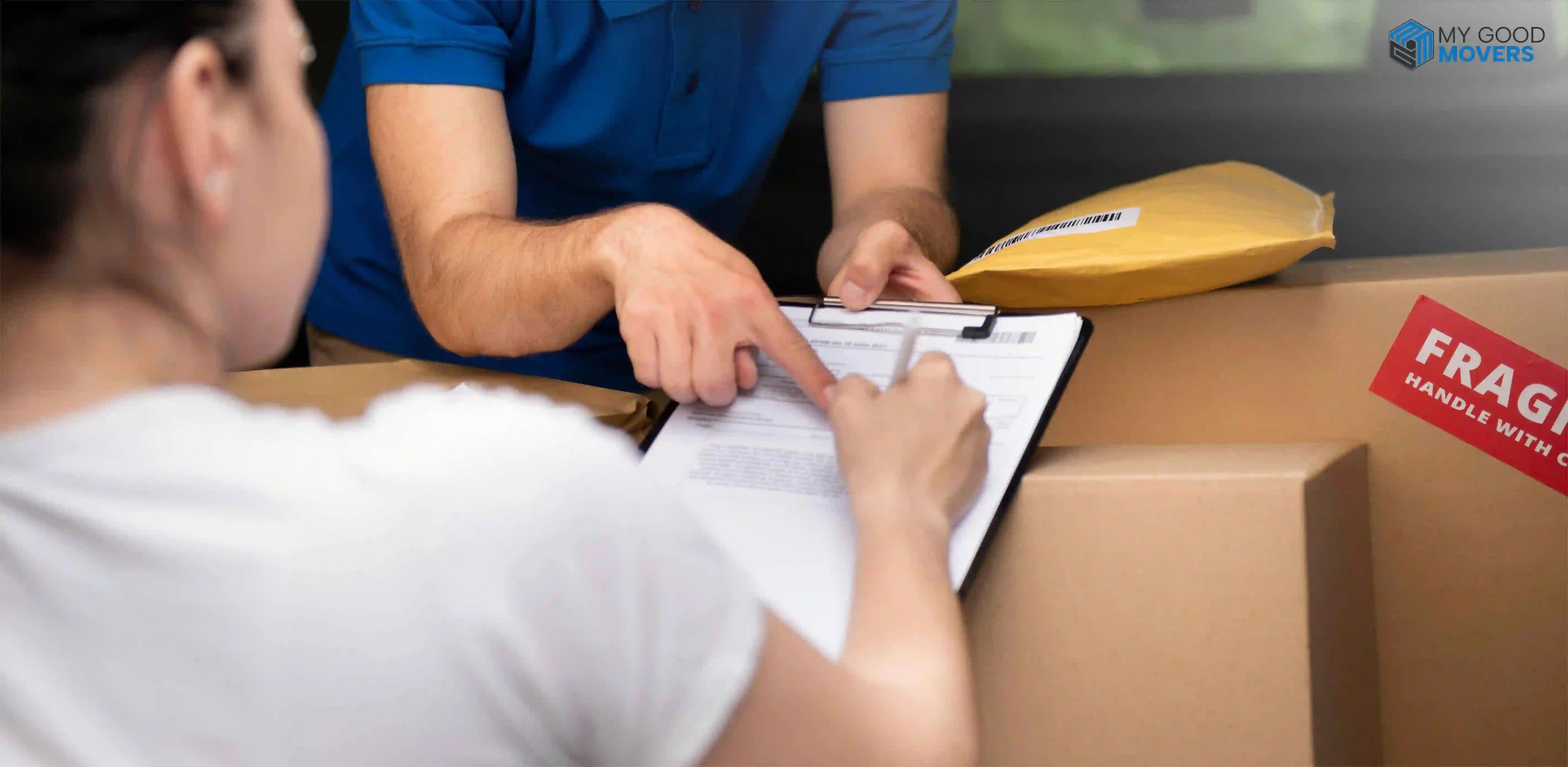





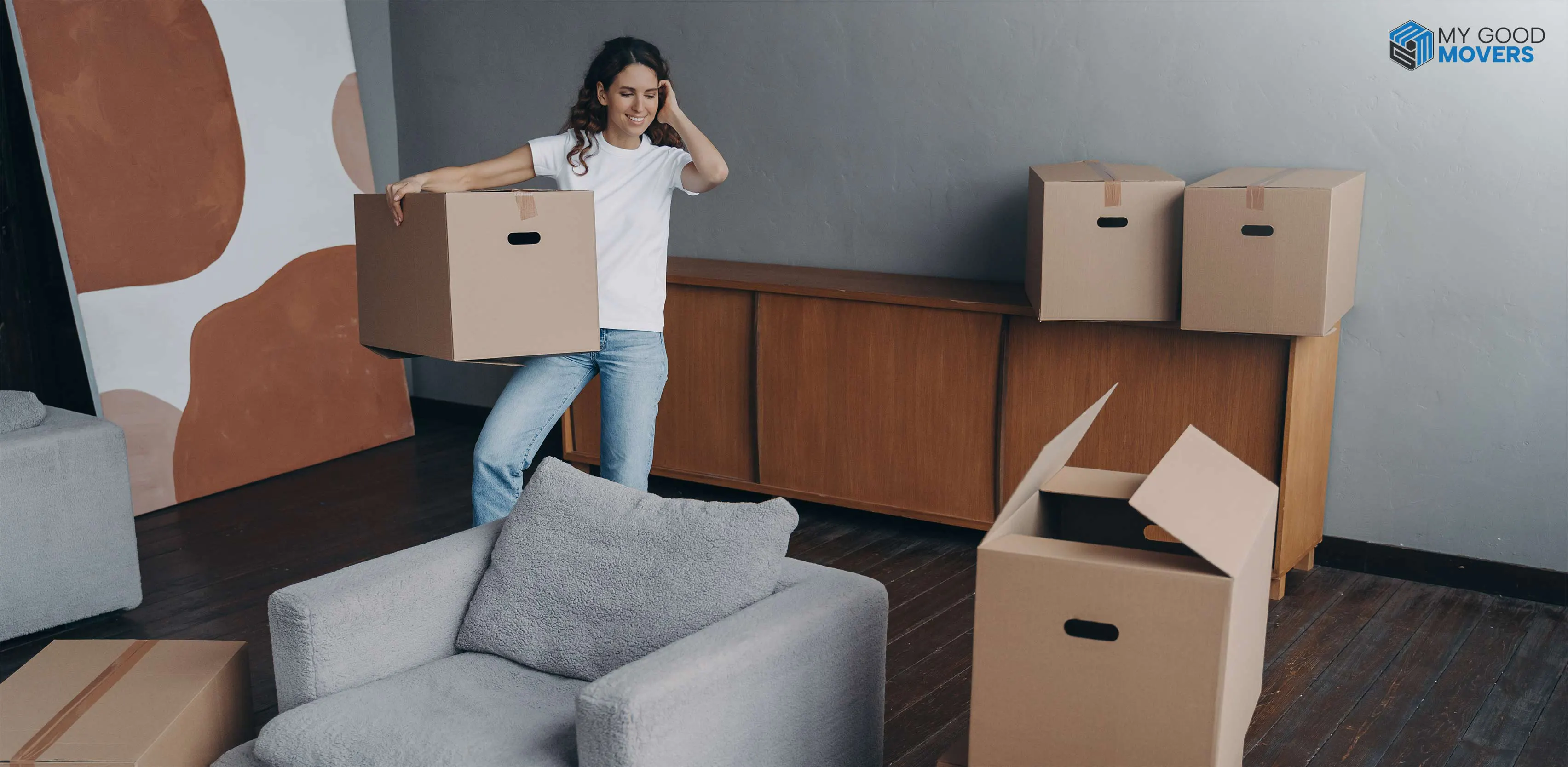


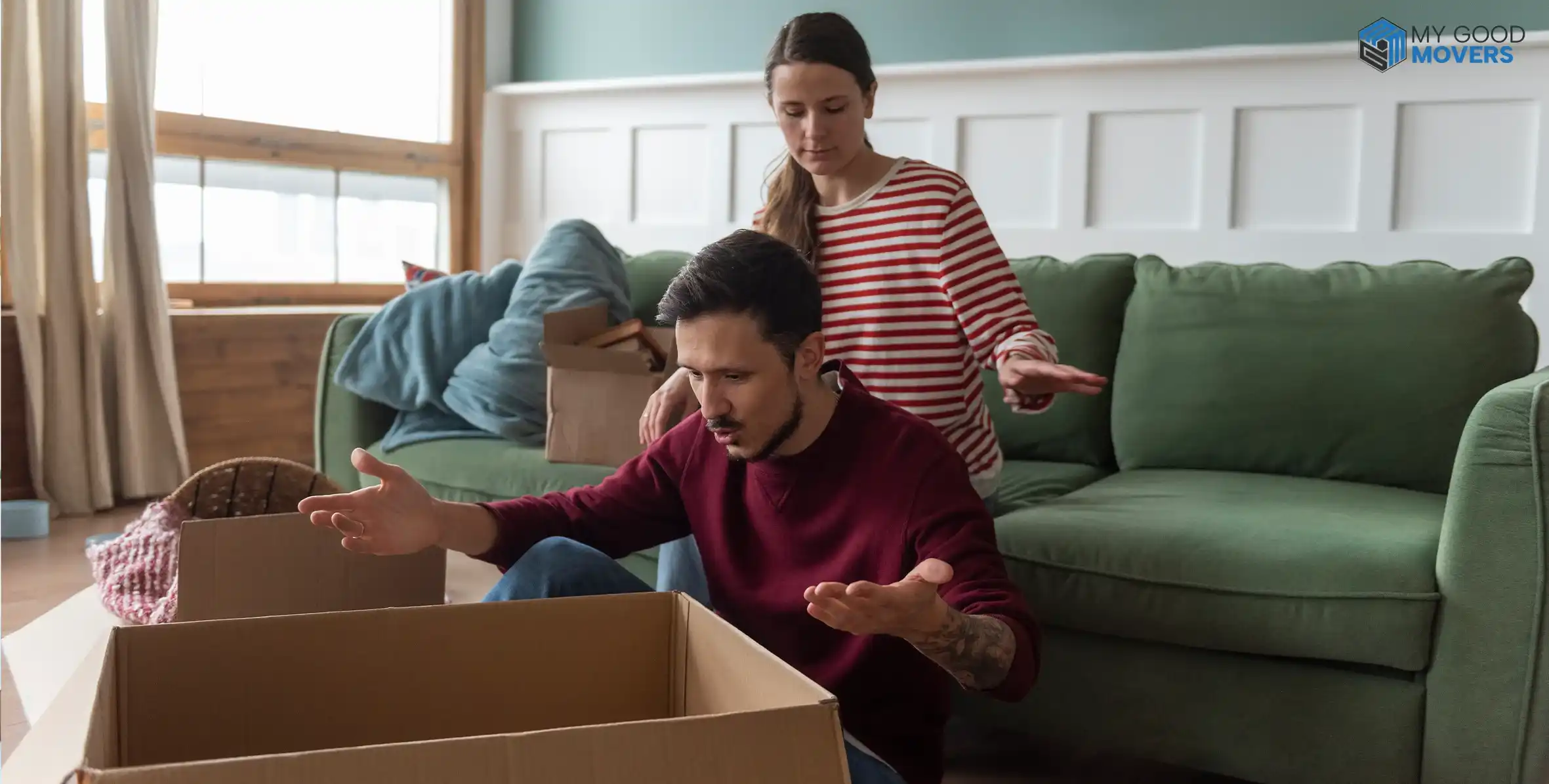


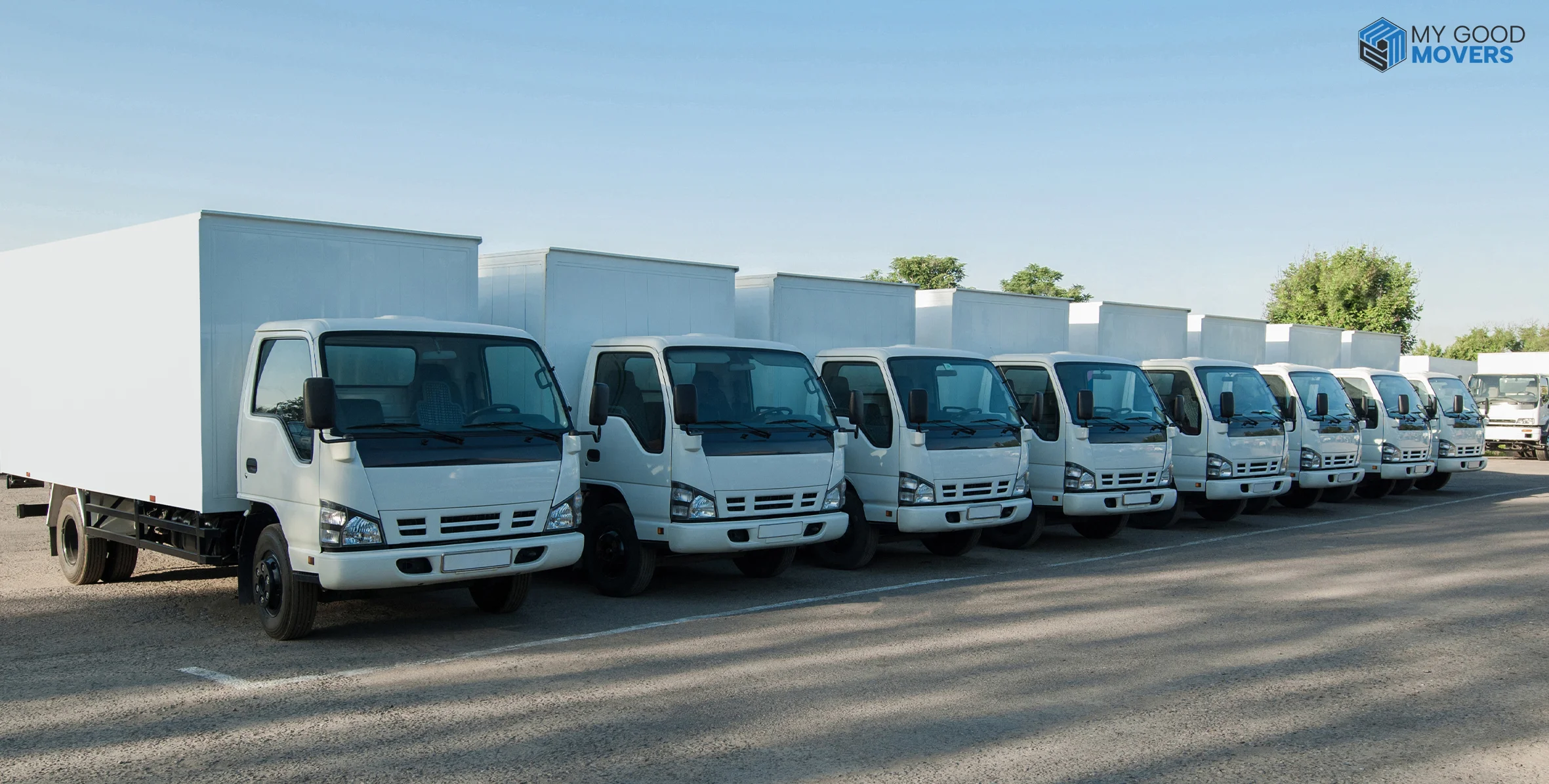


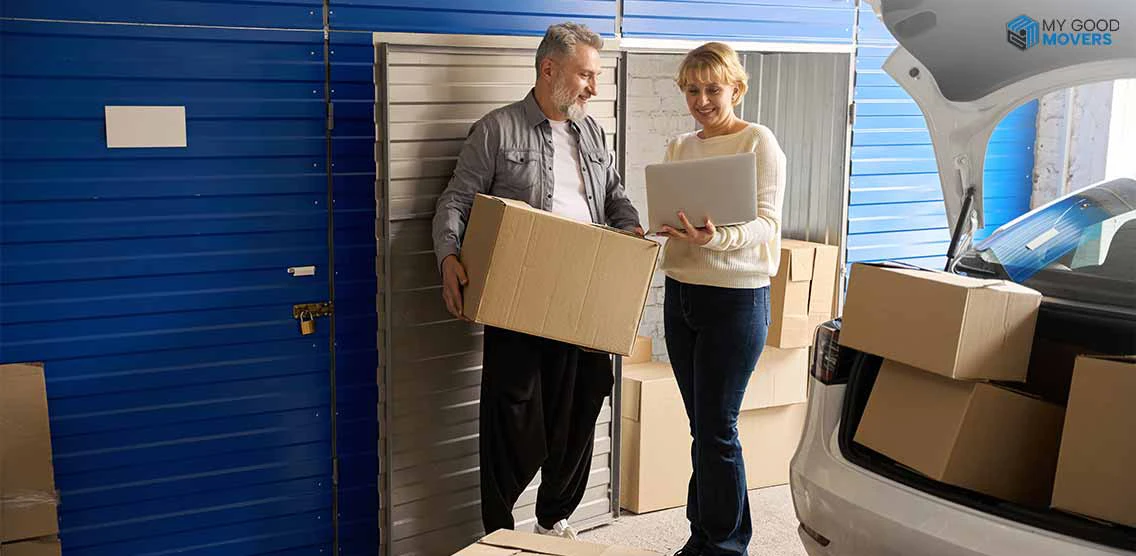
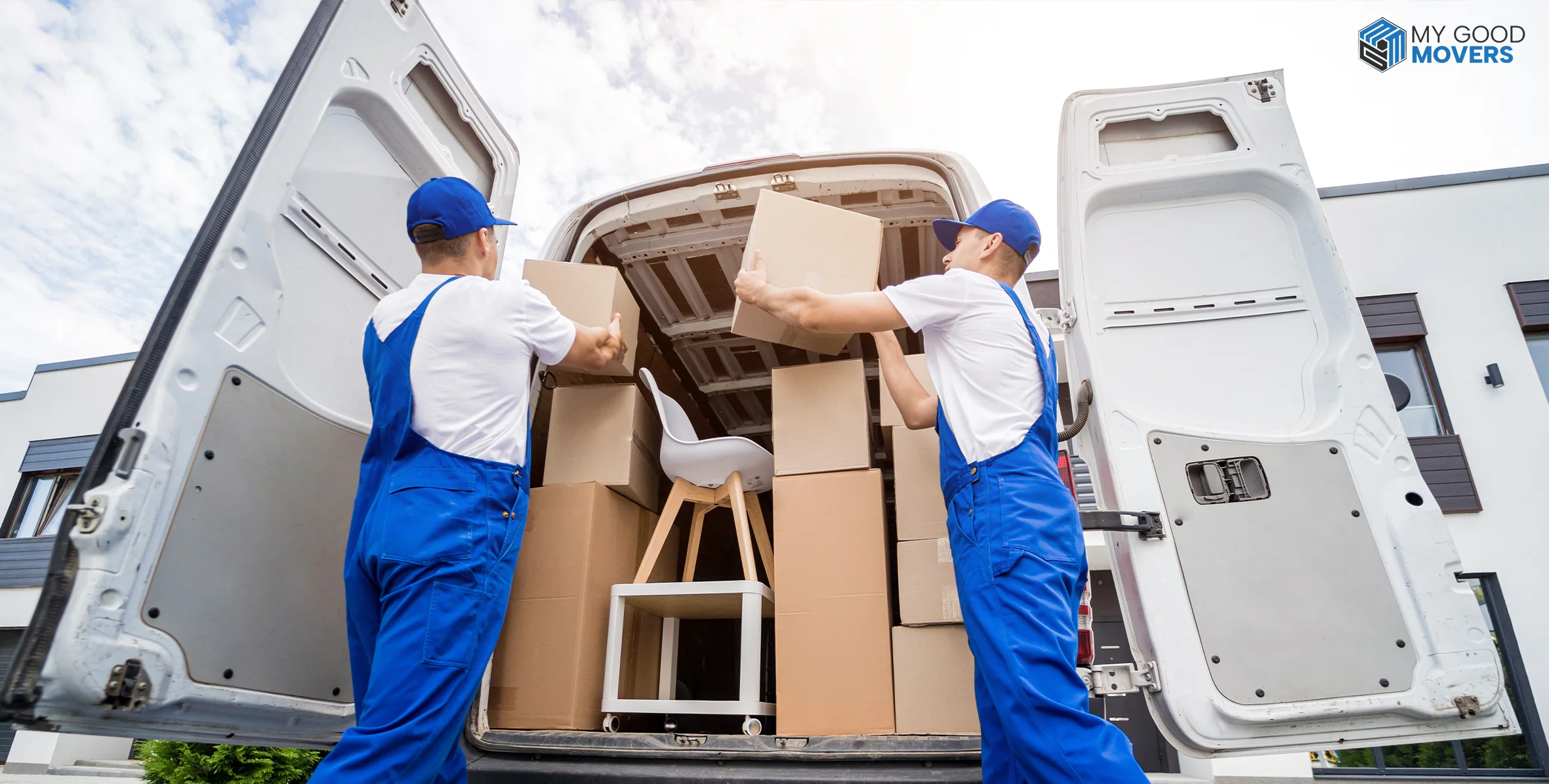









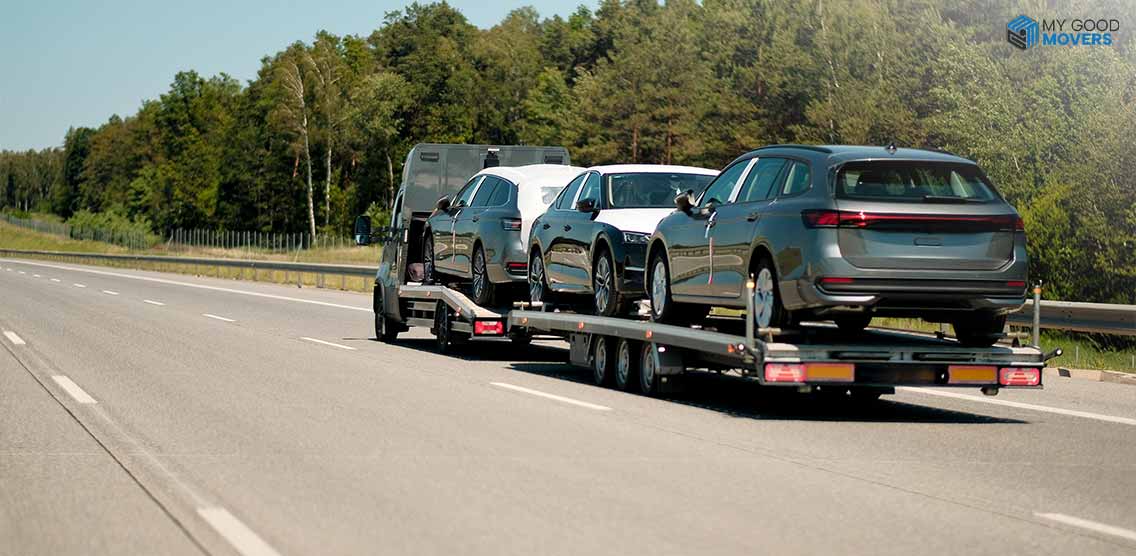
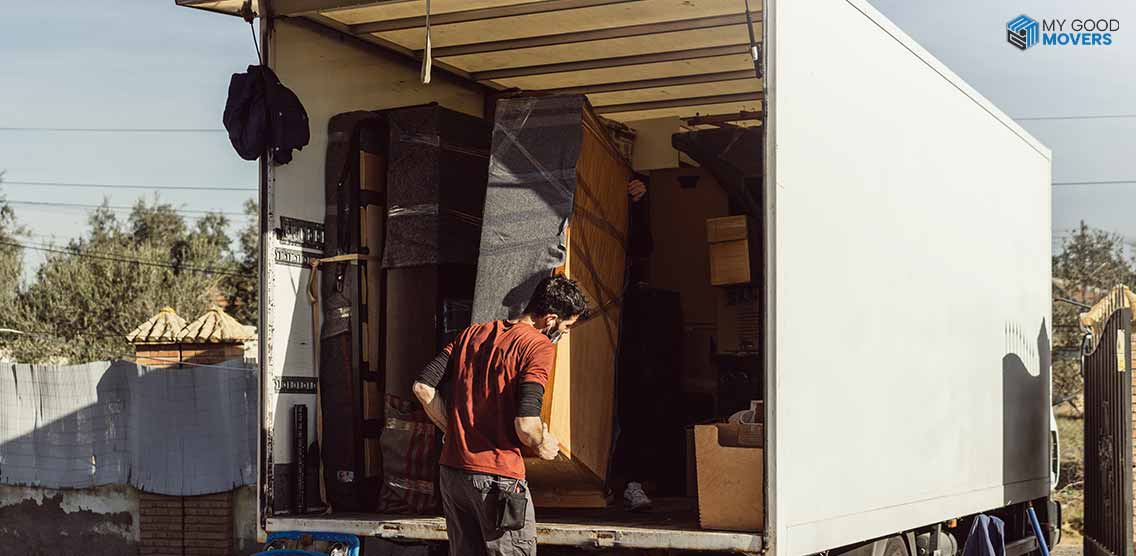



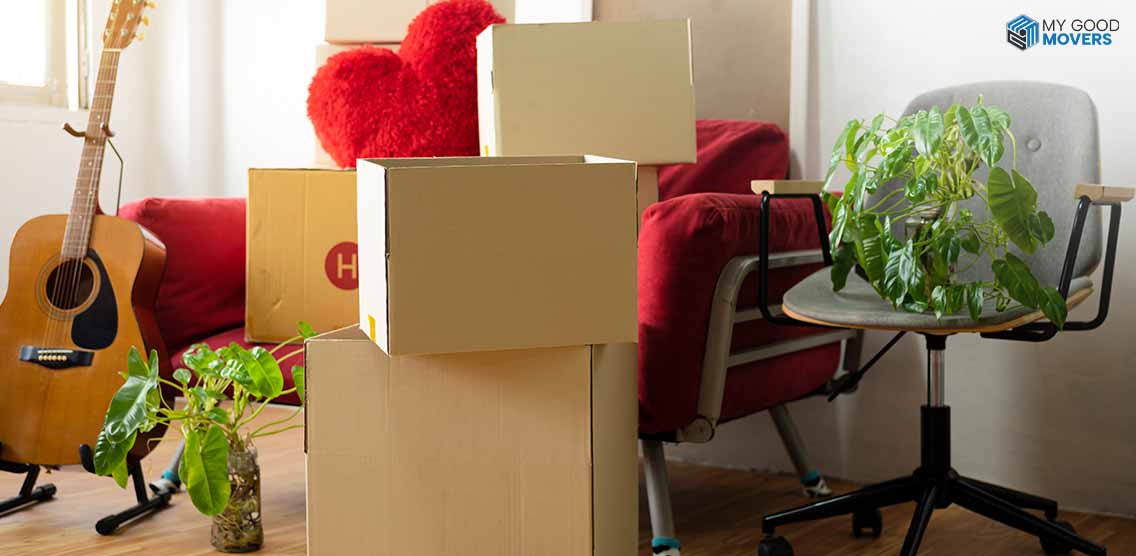




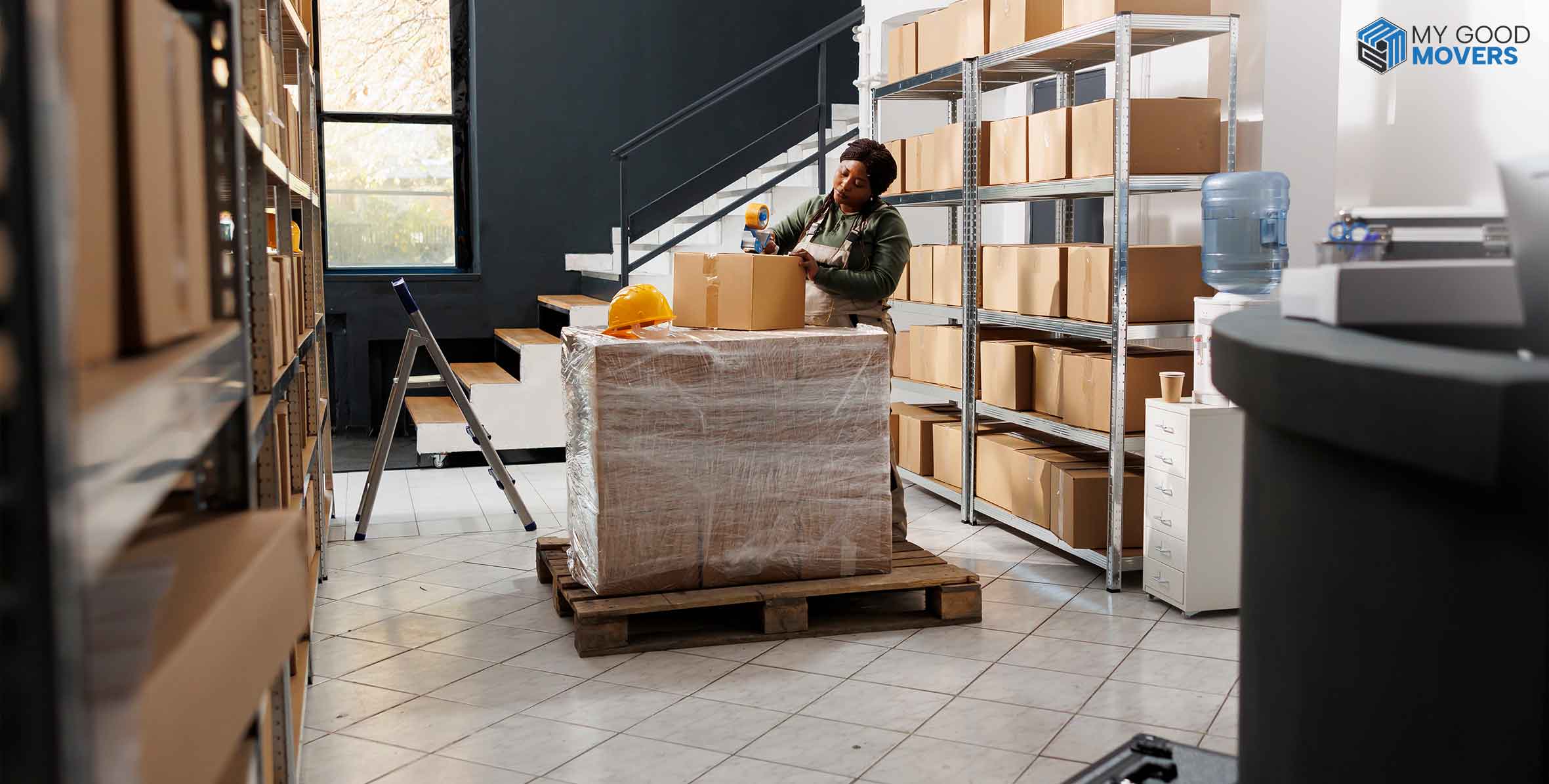

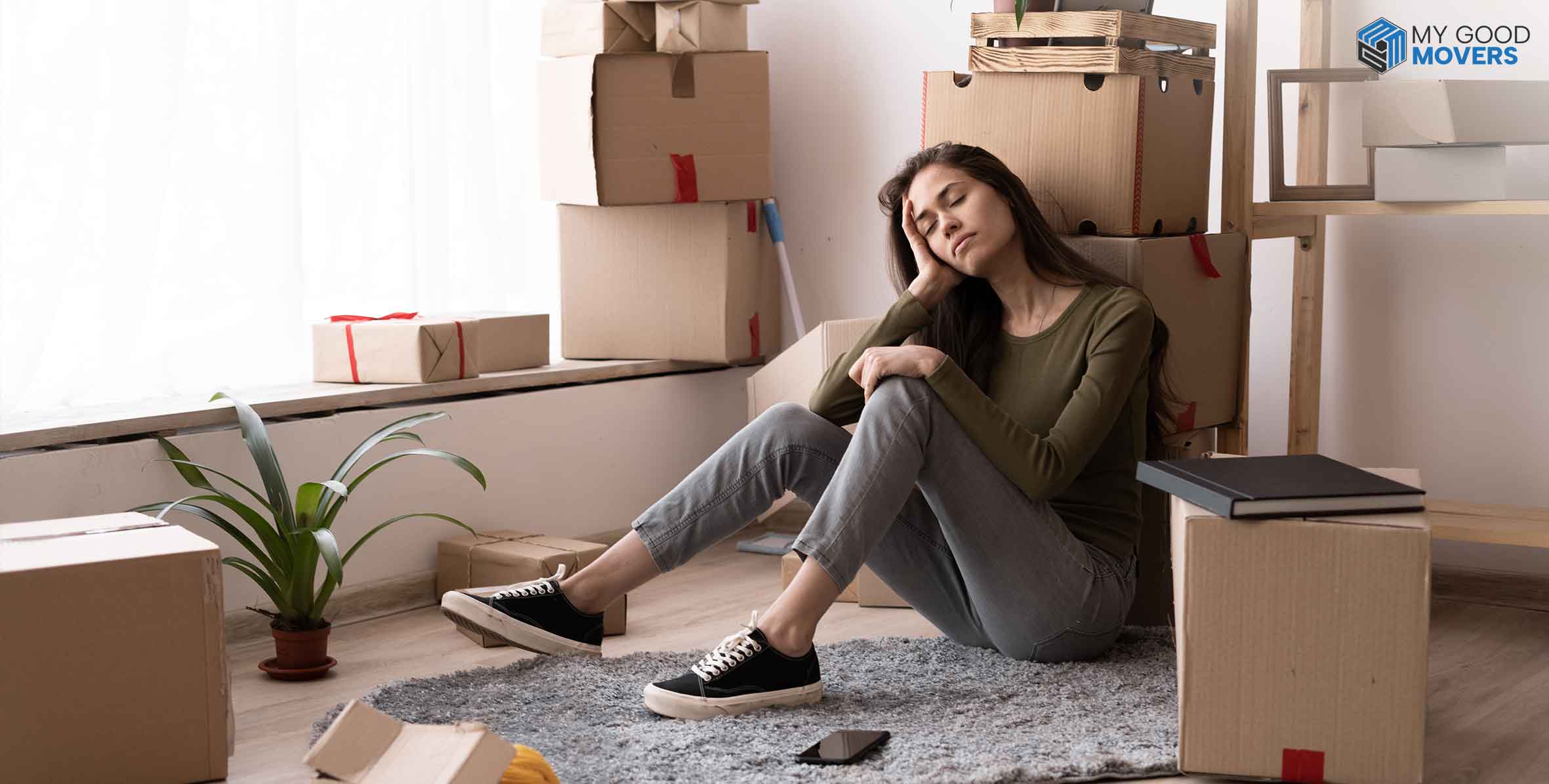

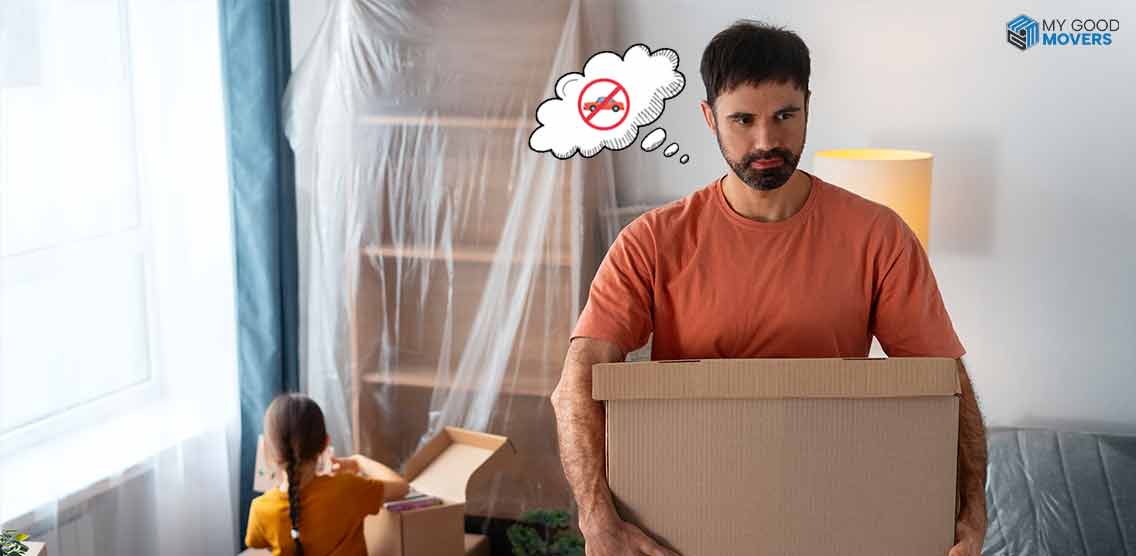













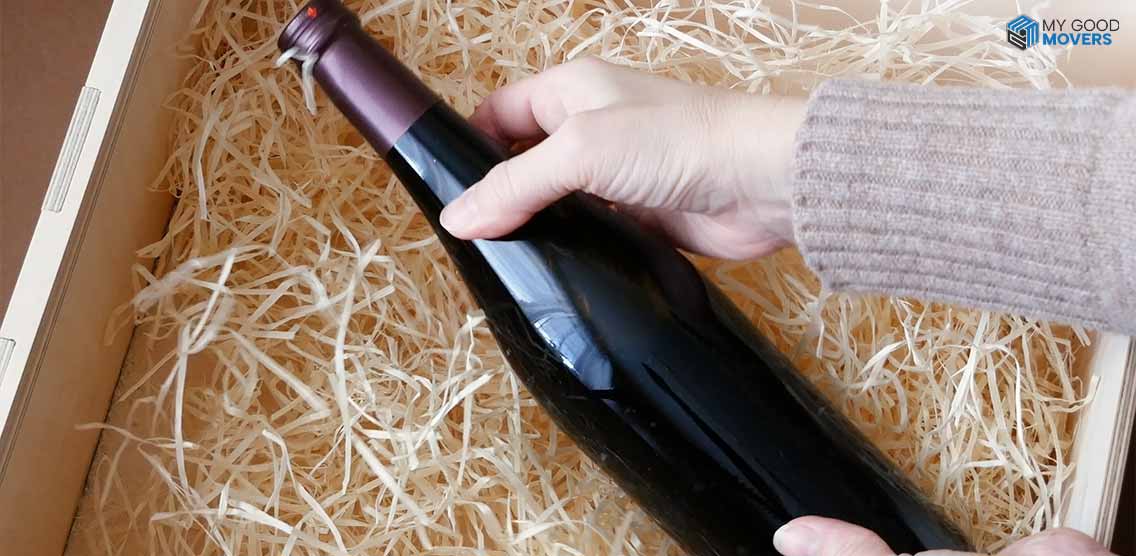

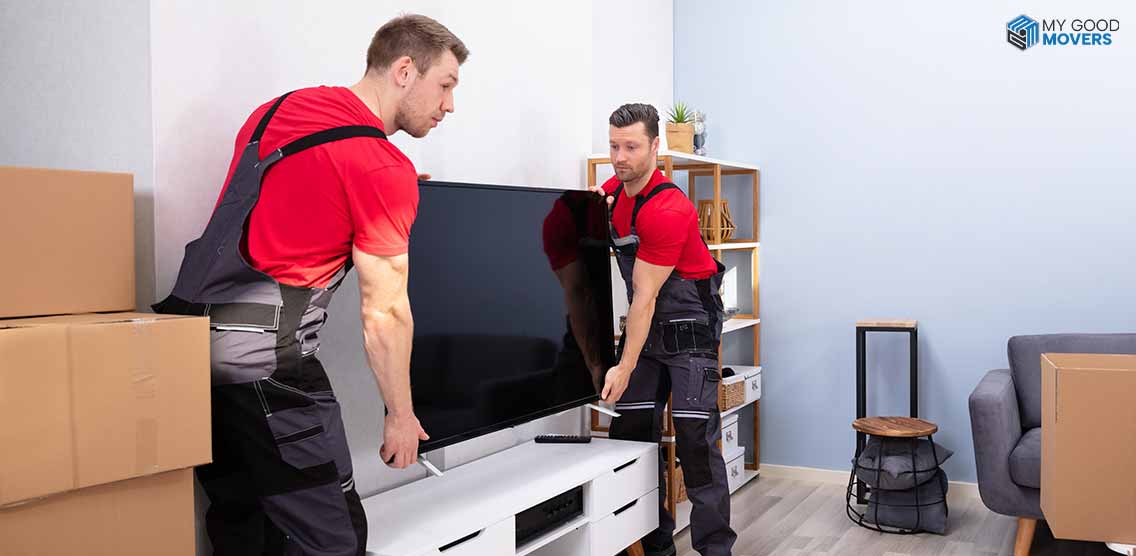





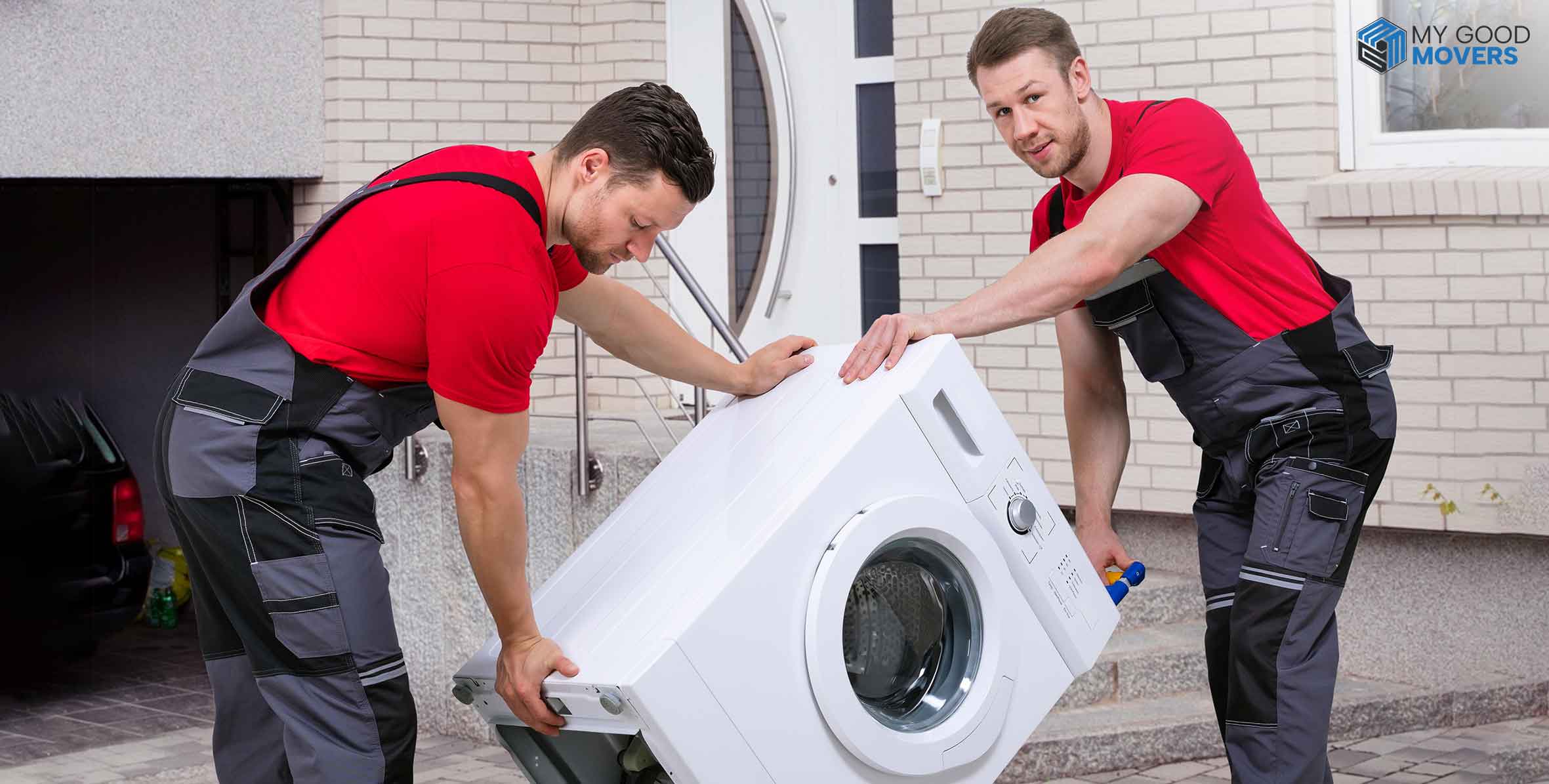
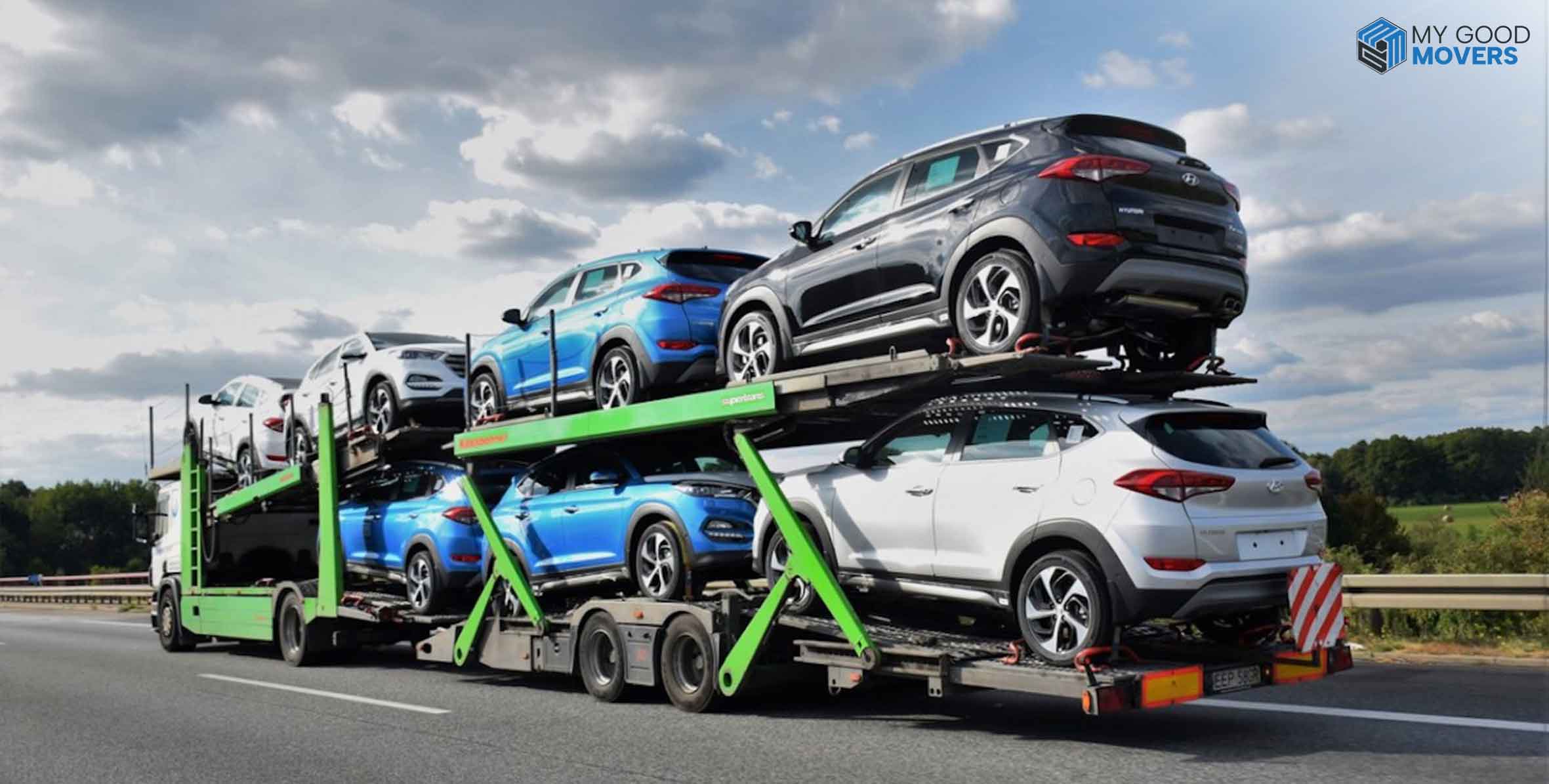




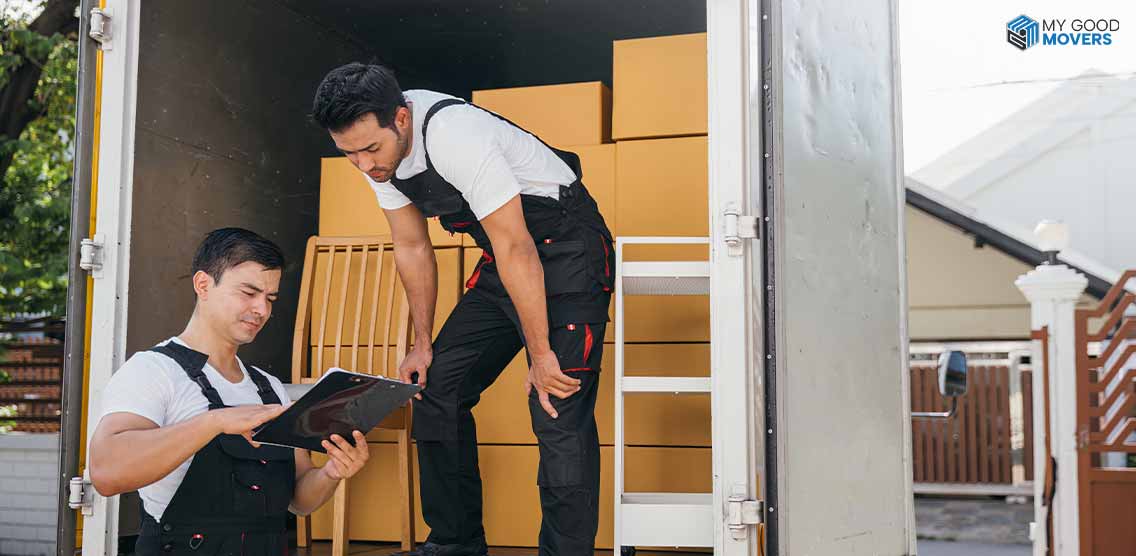

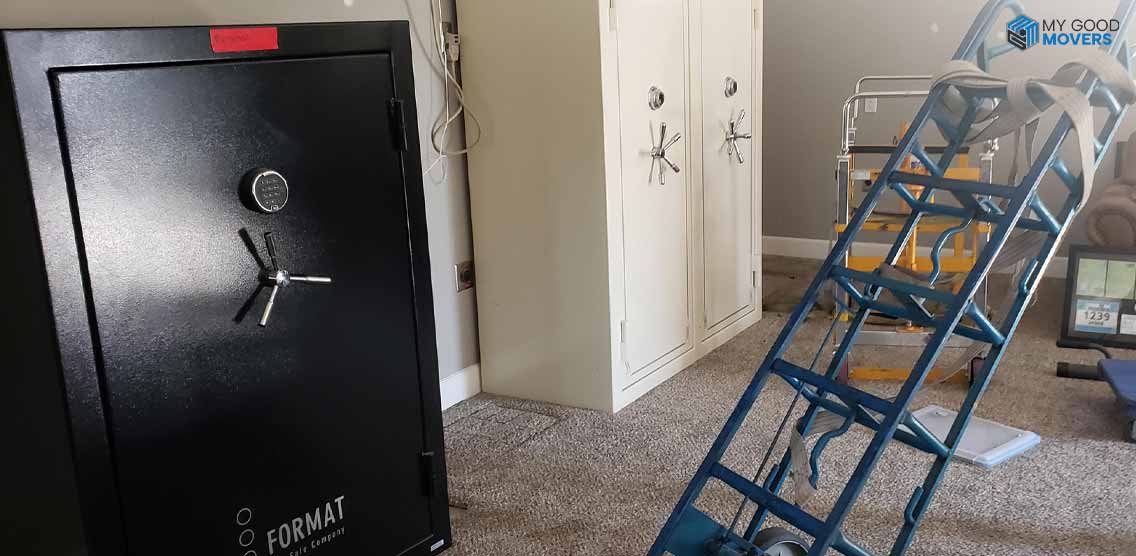
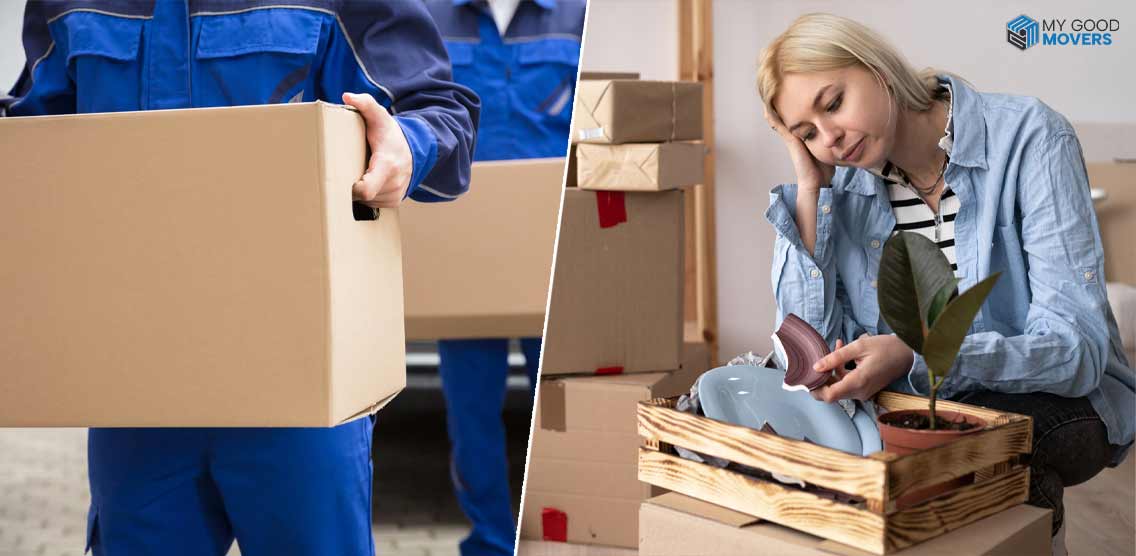
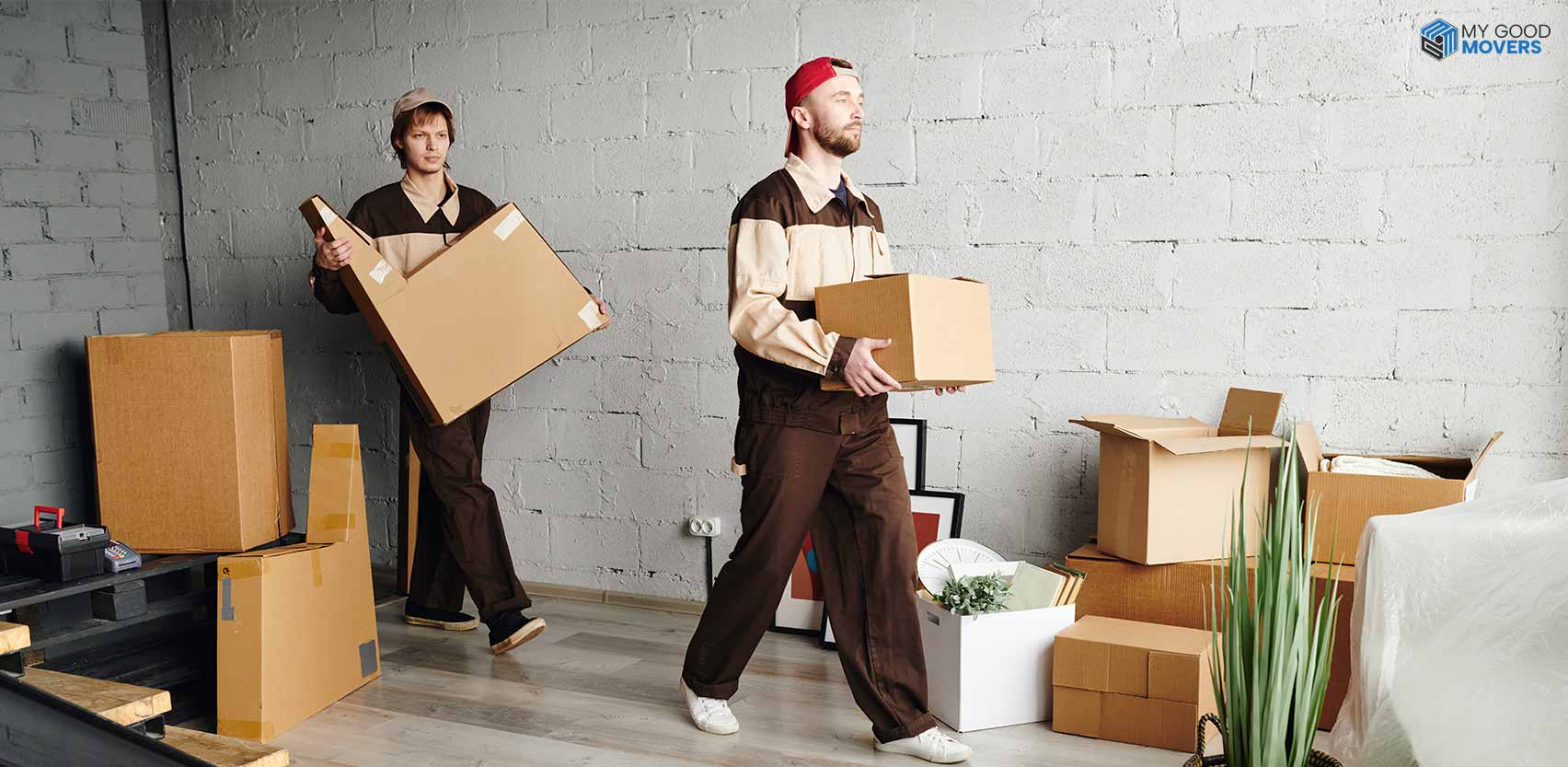

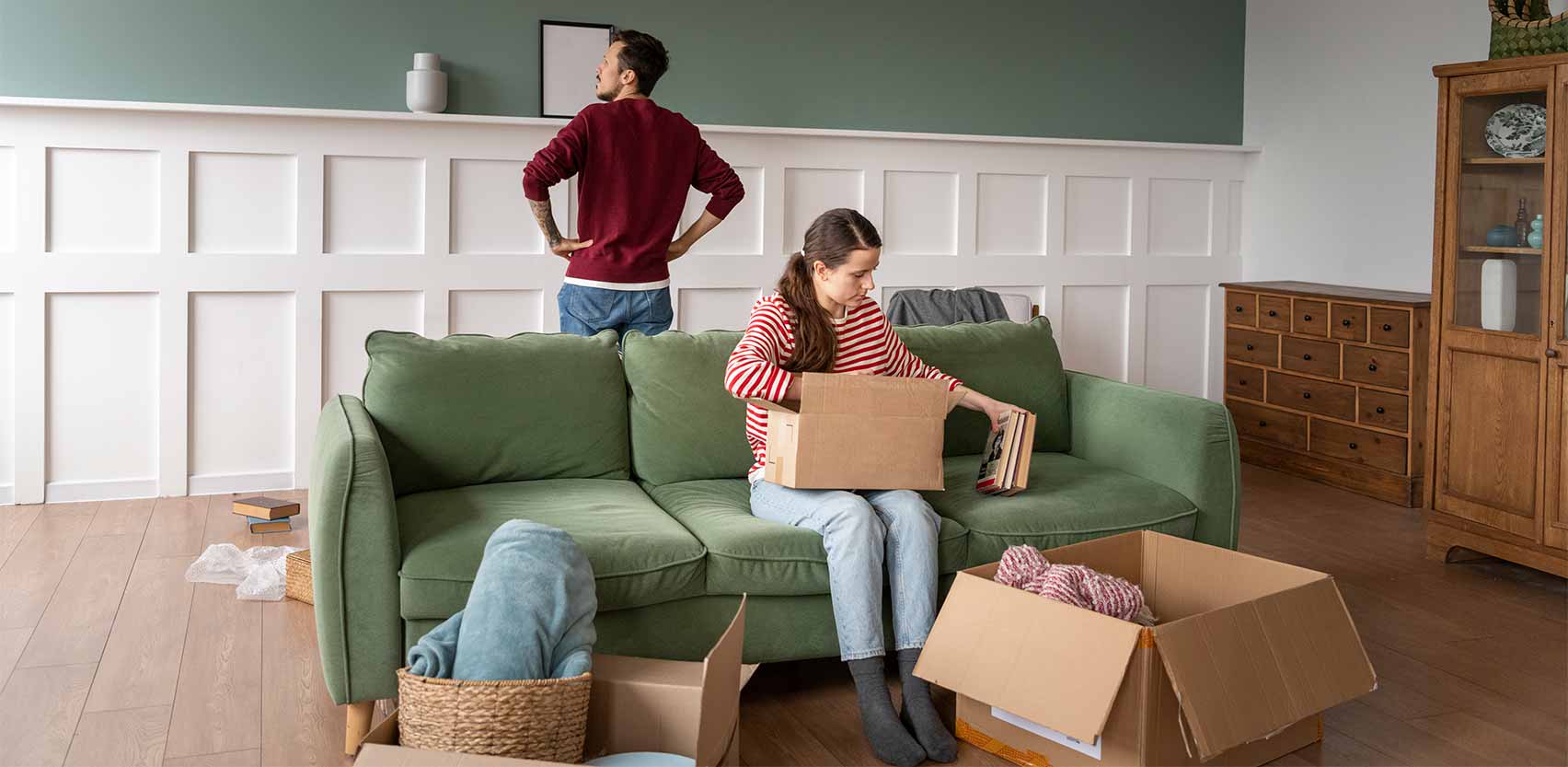

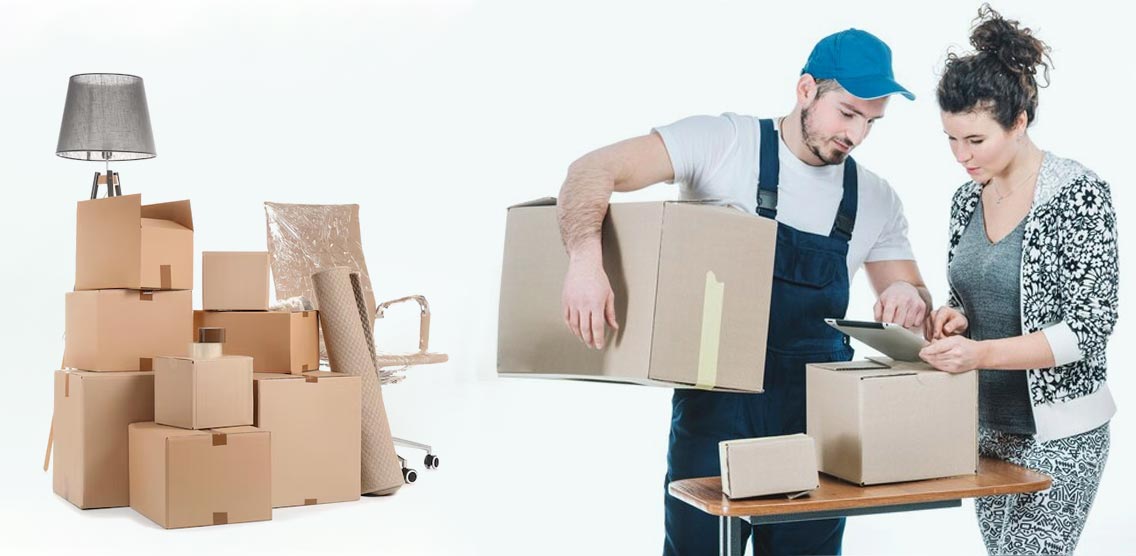



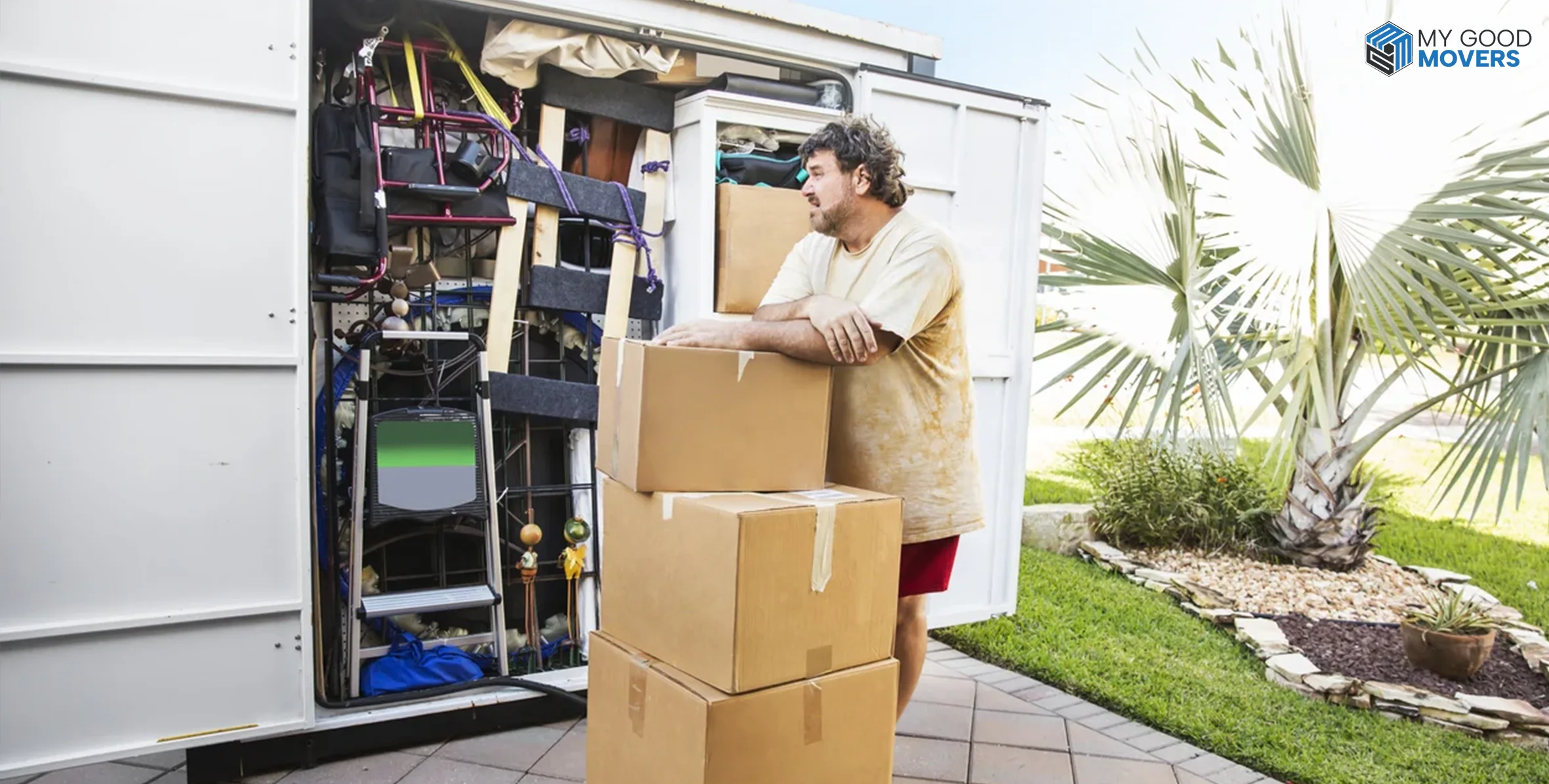
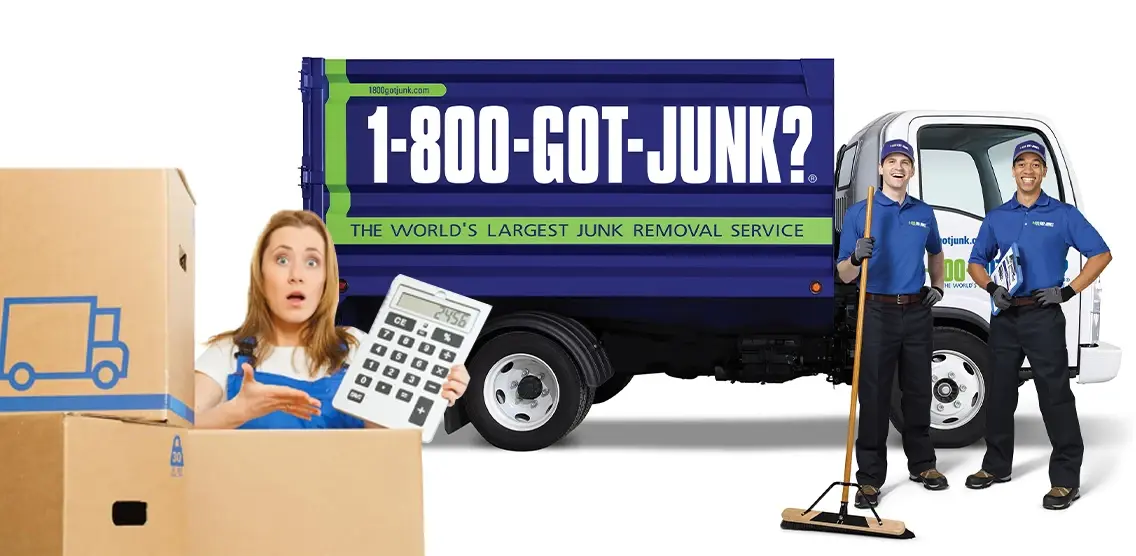
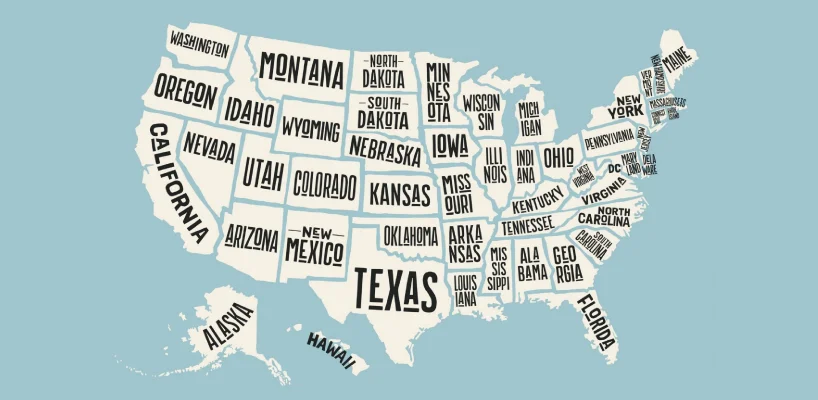

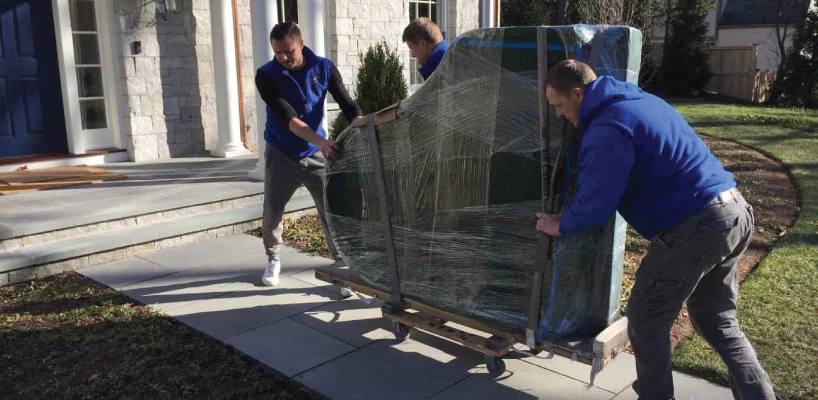

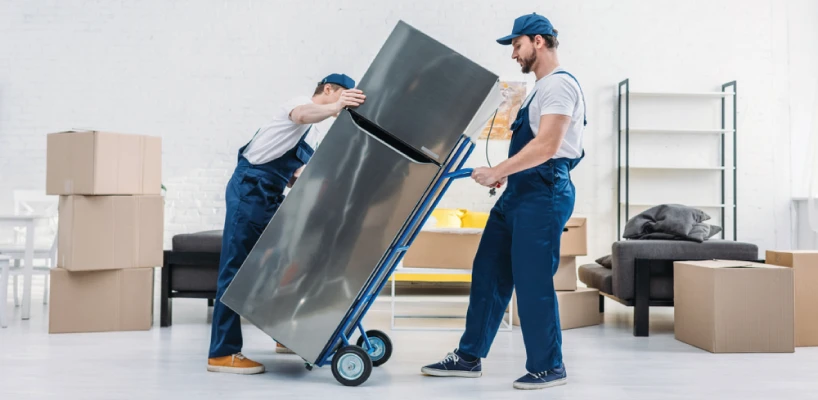

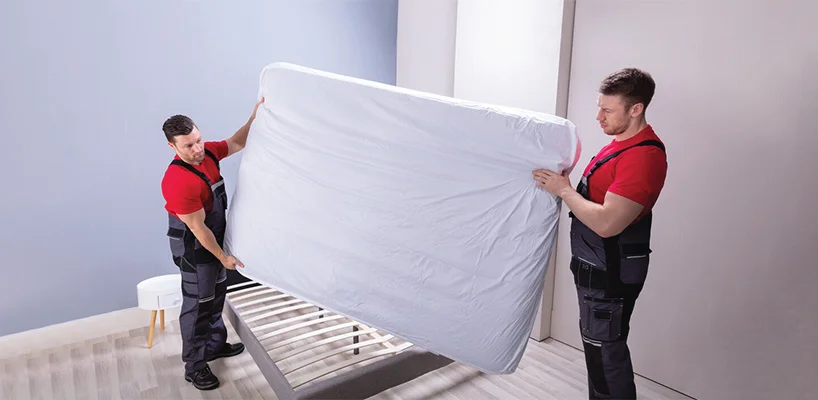
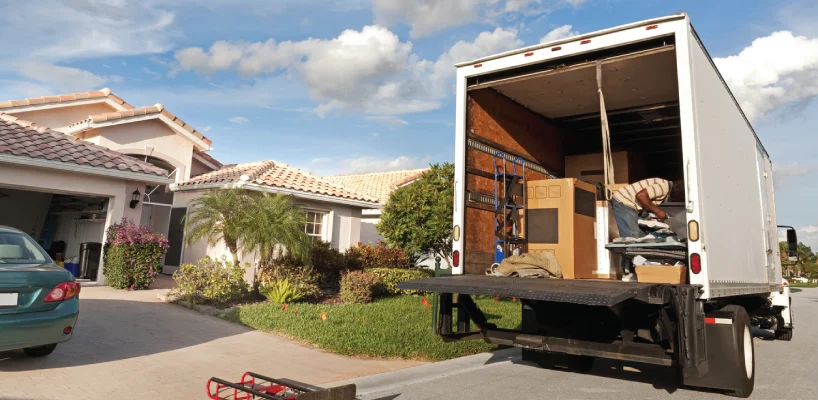
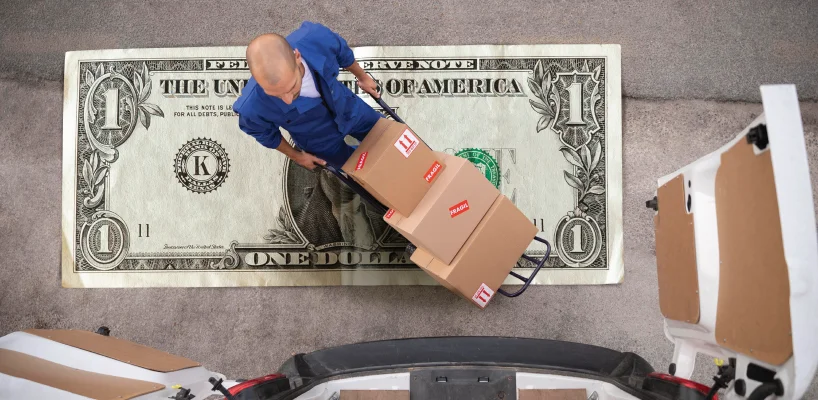

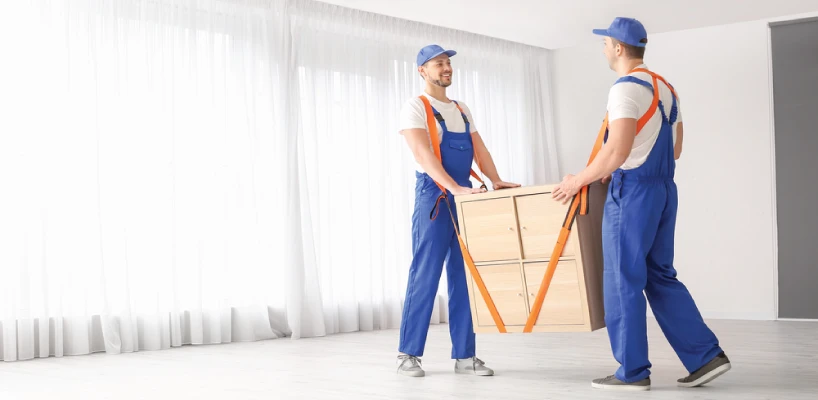

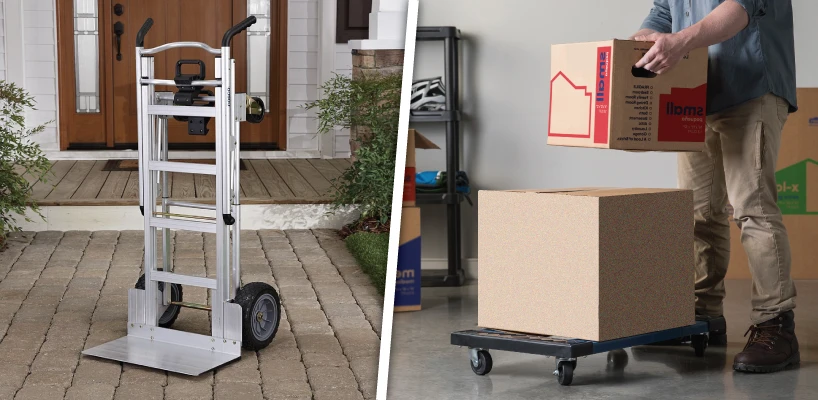
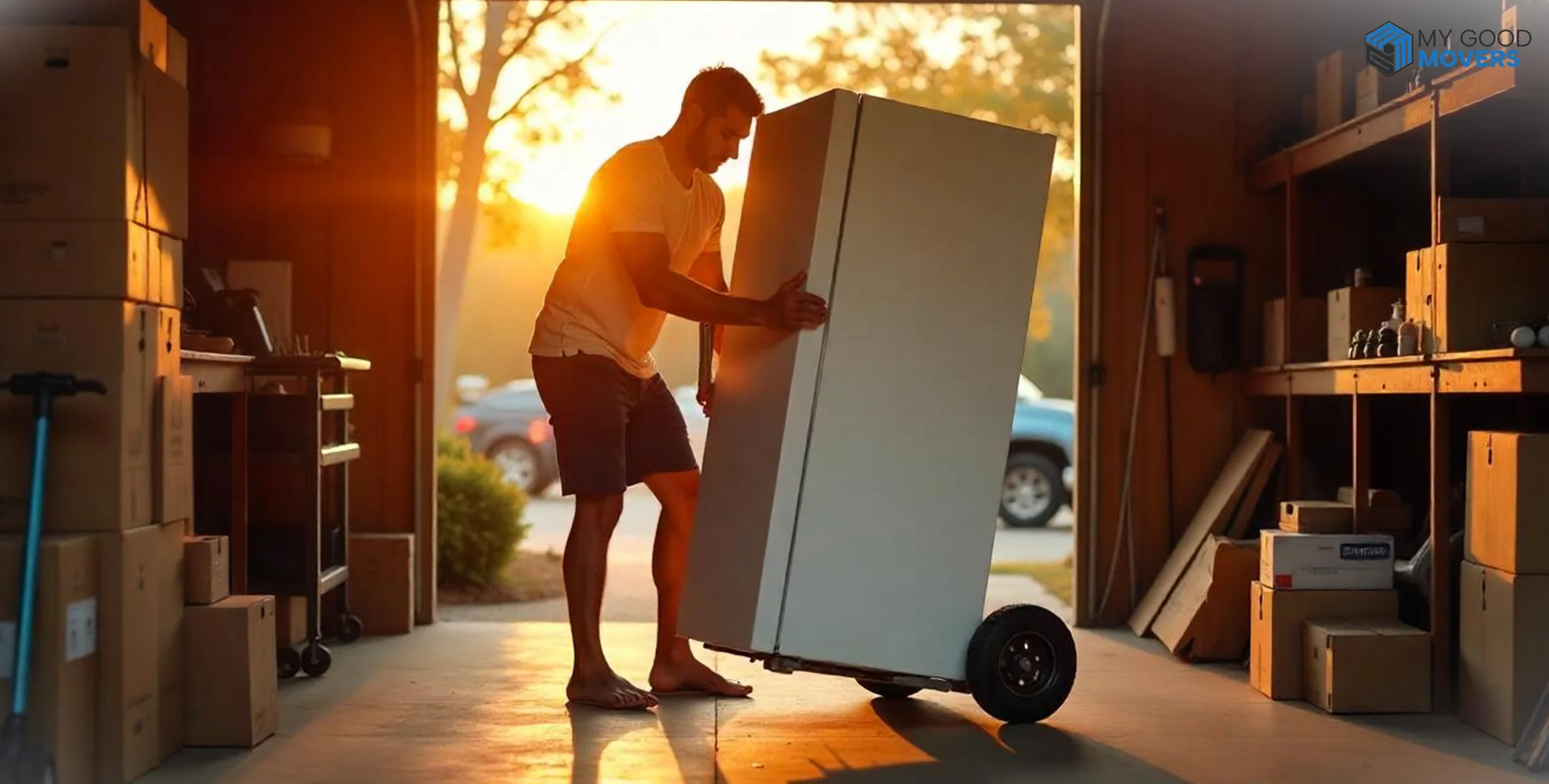
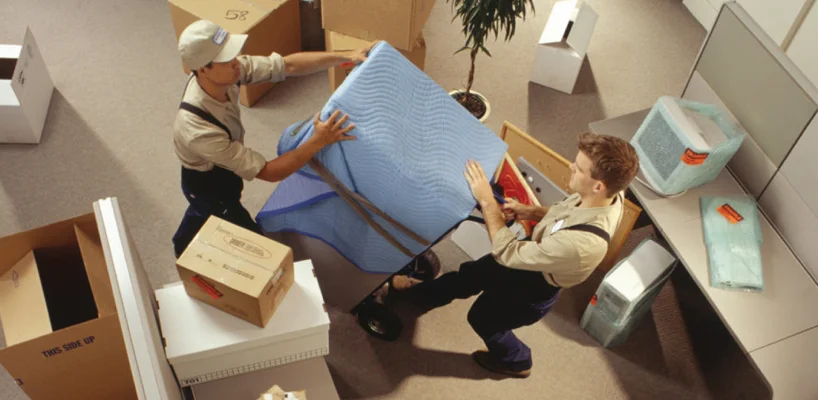
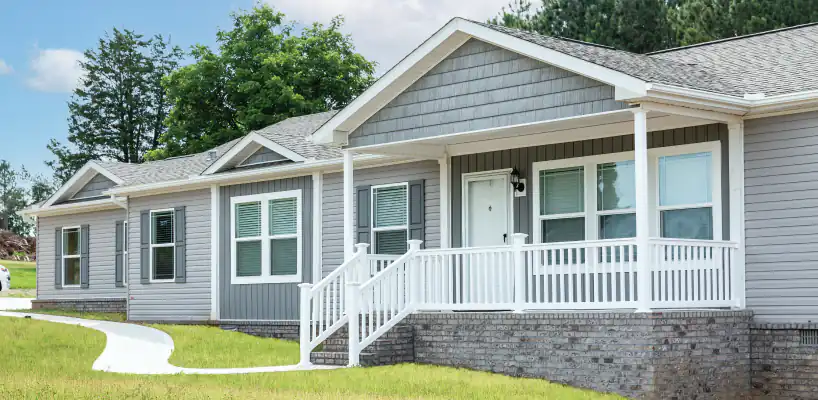

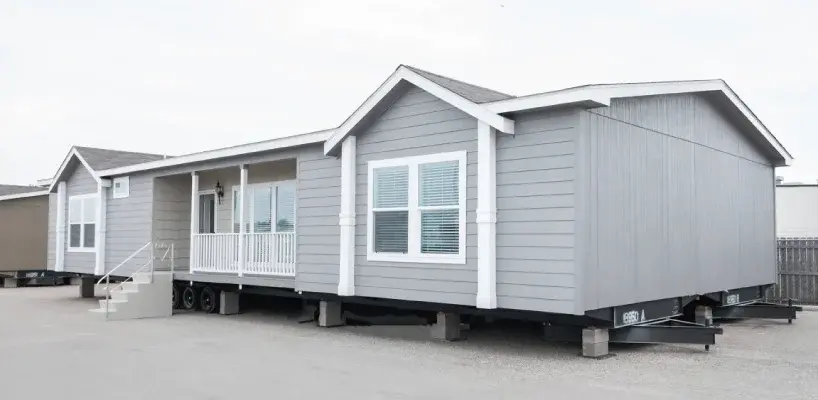


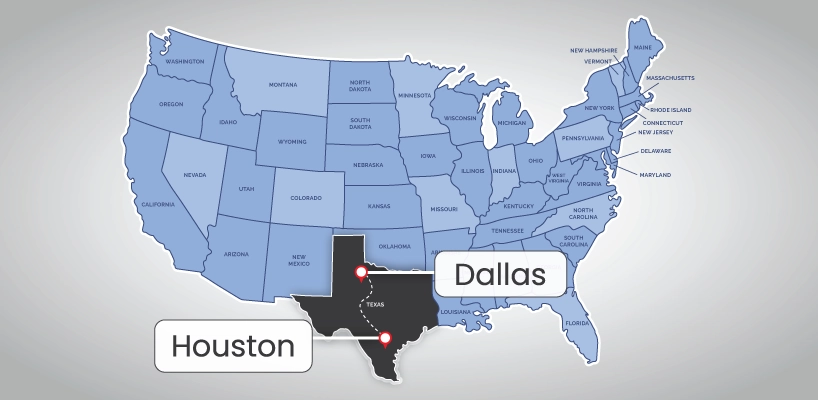

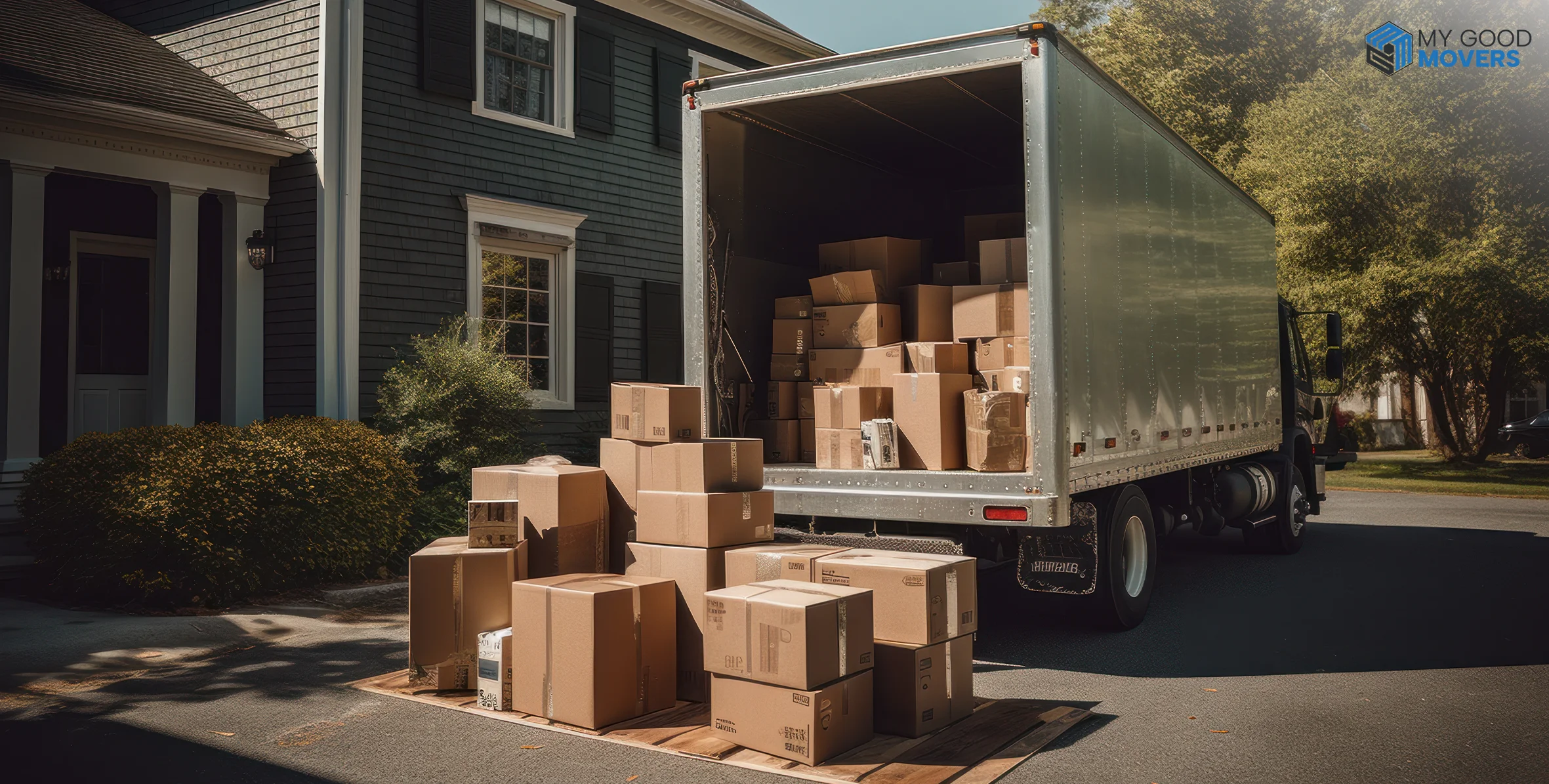
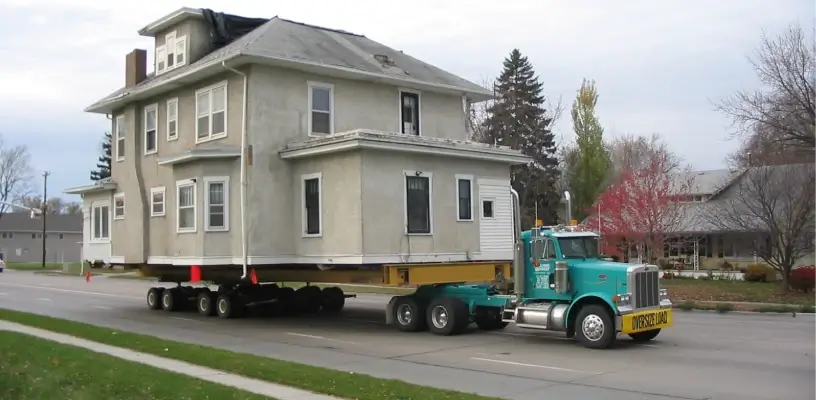
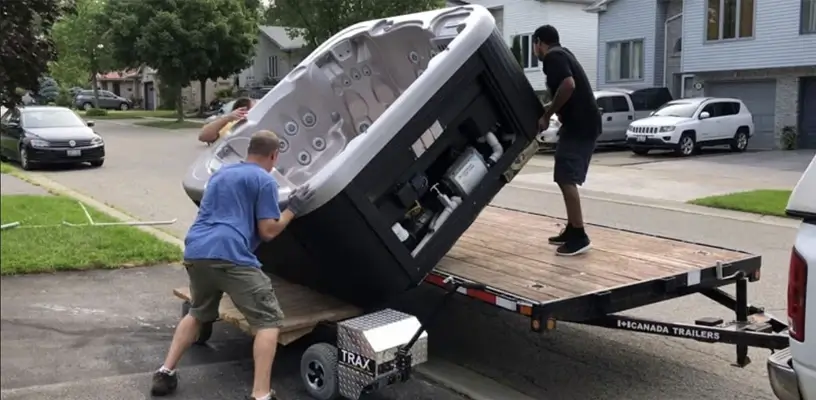

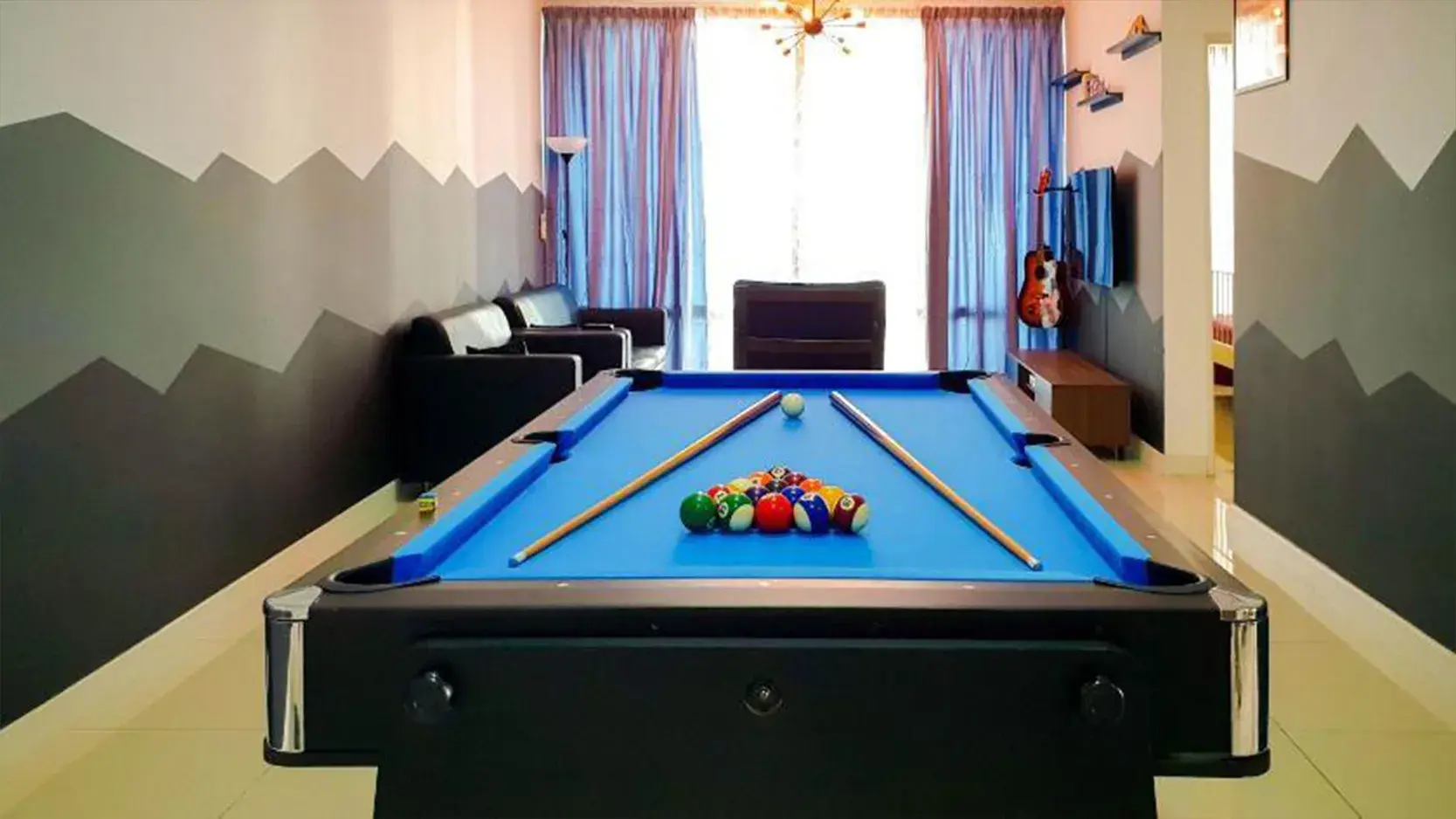


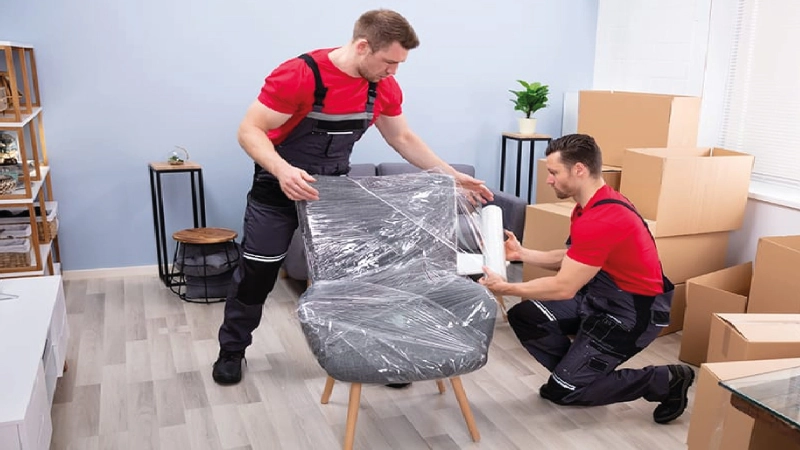

 (239) 799–6077
(239) 799–6077